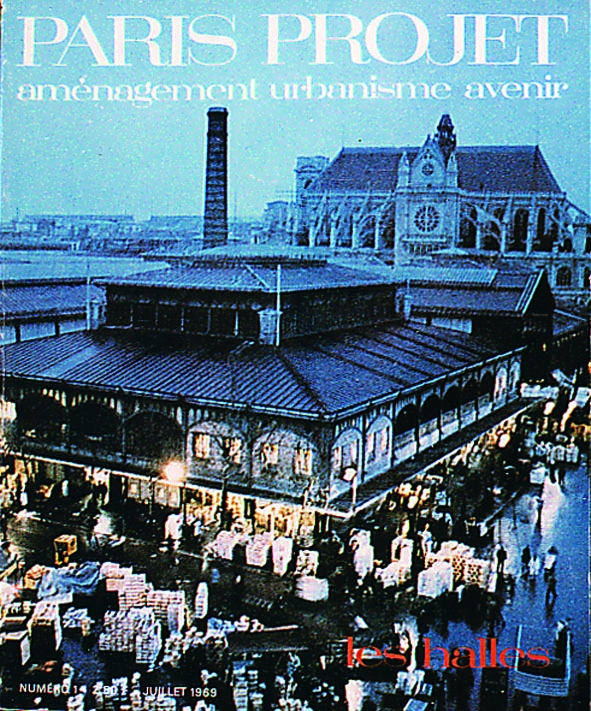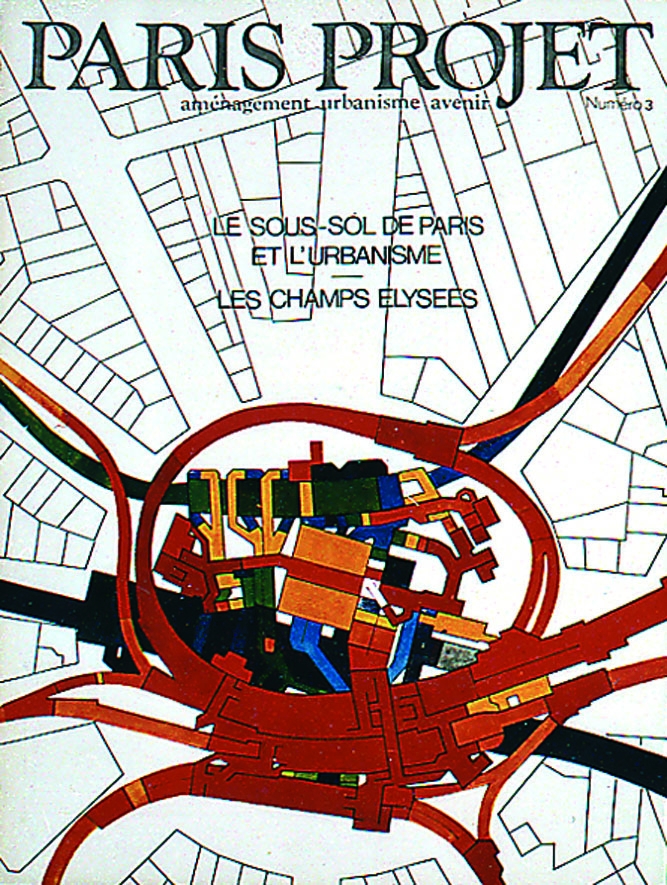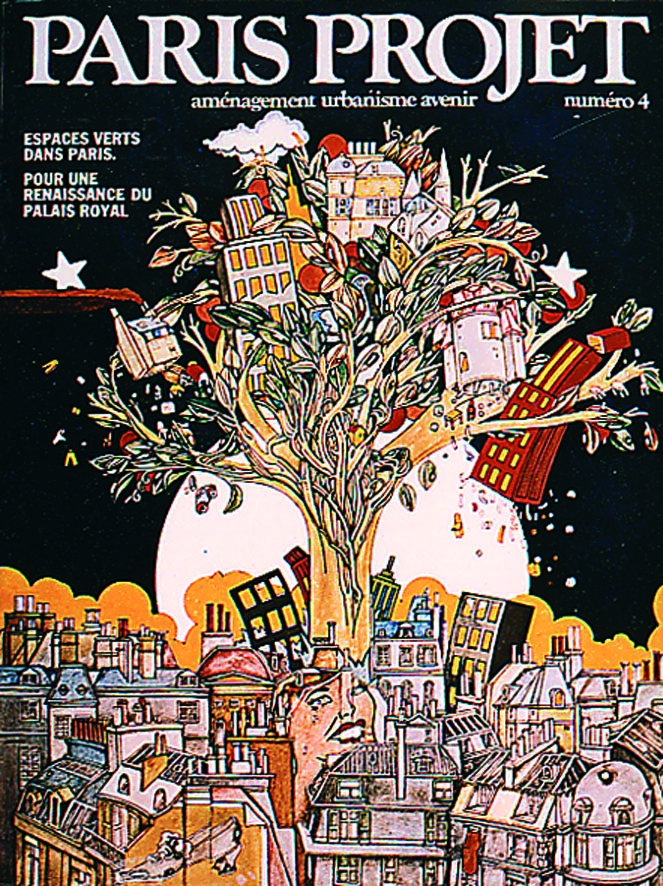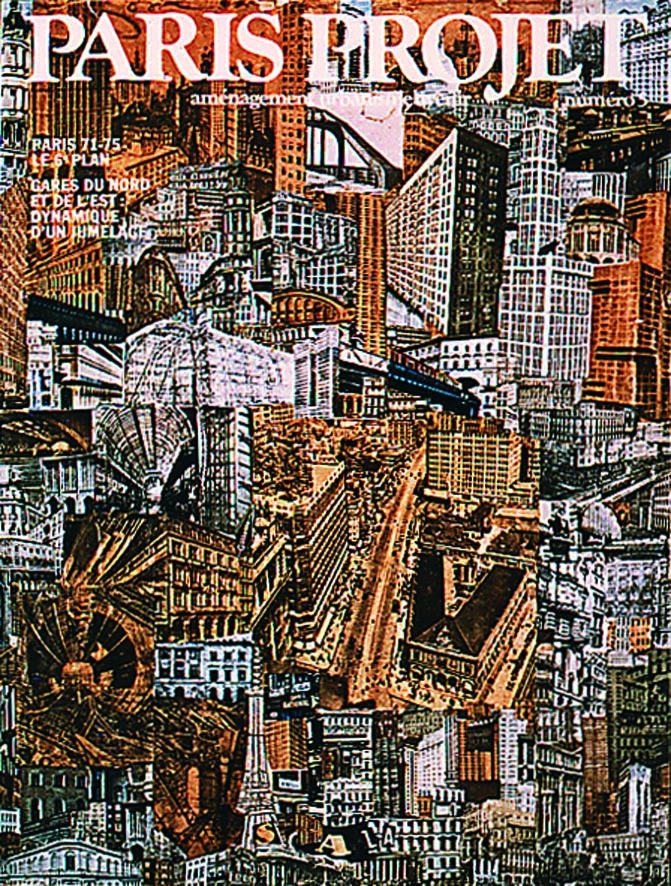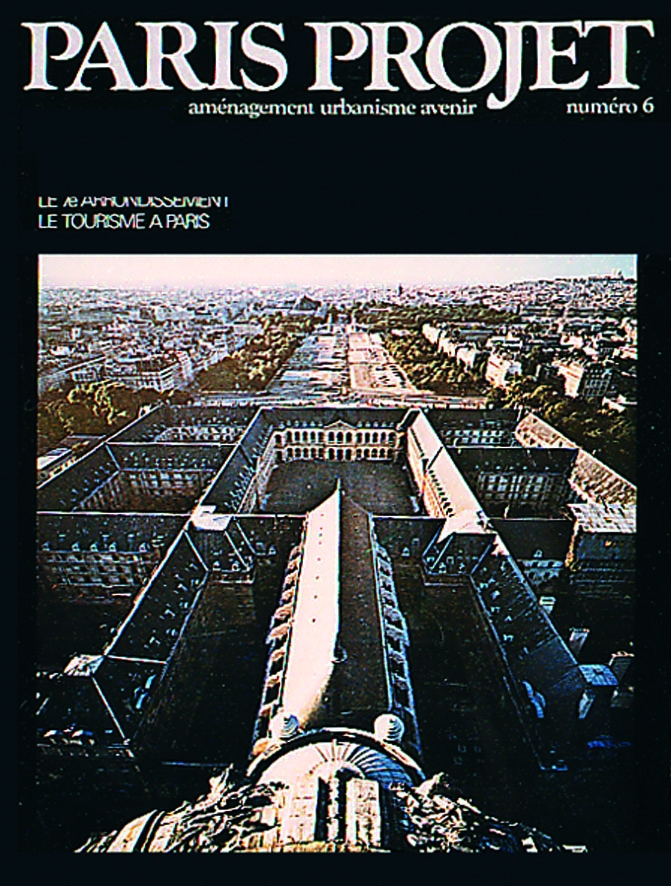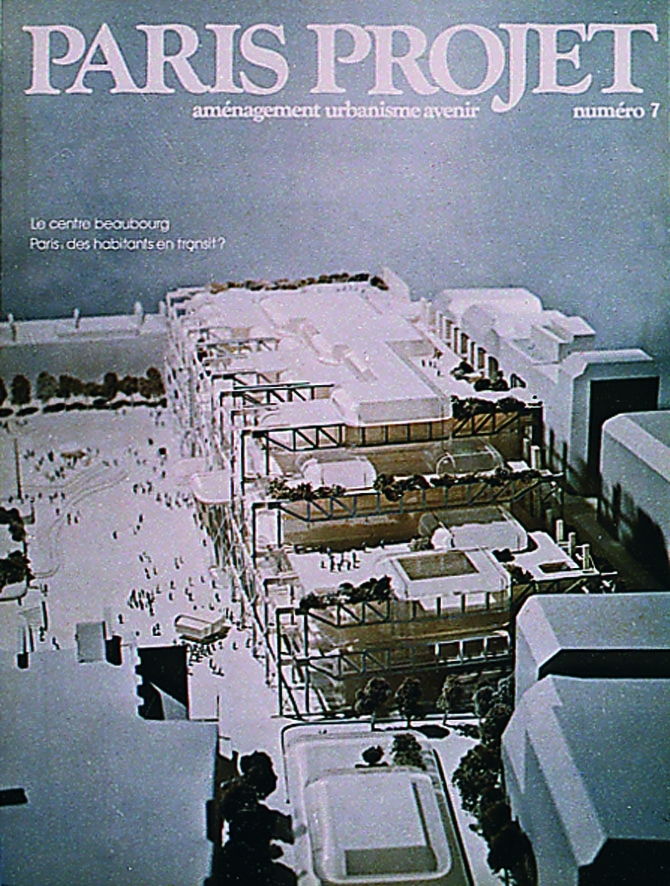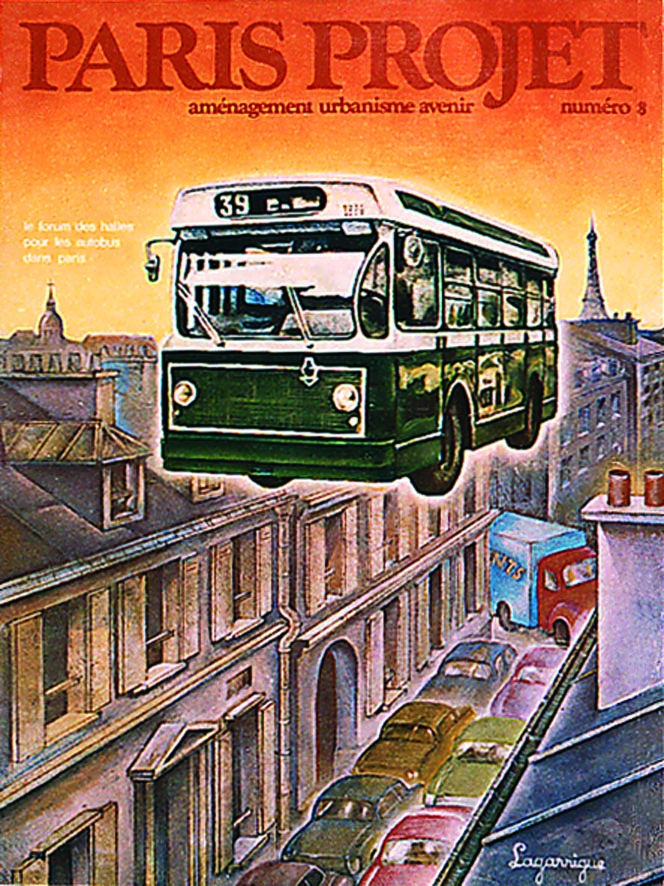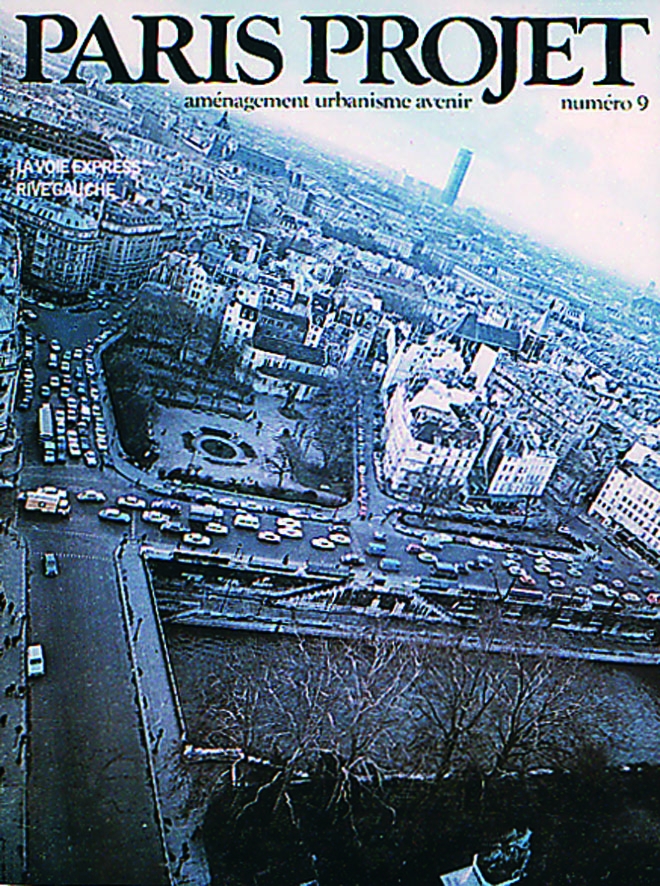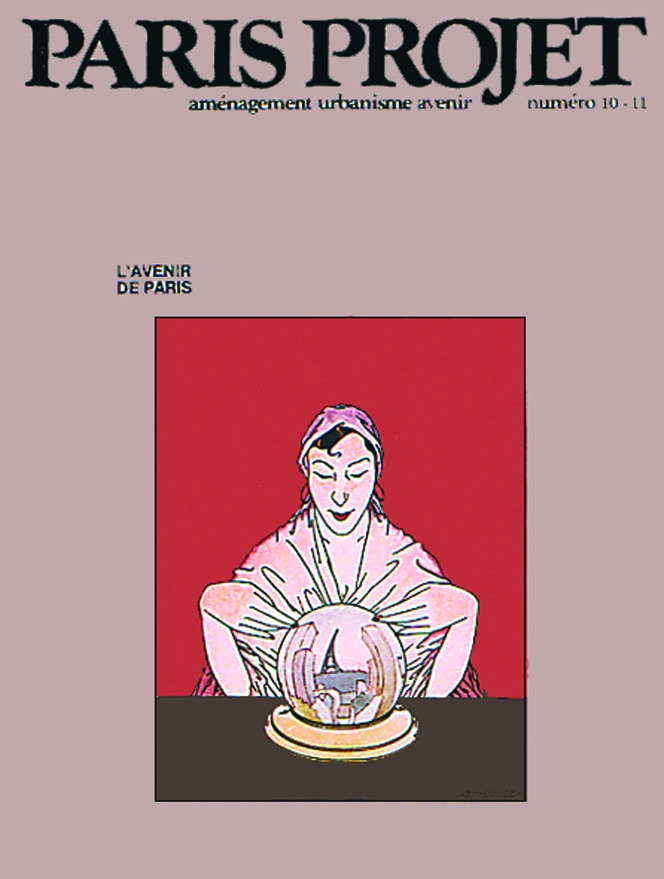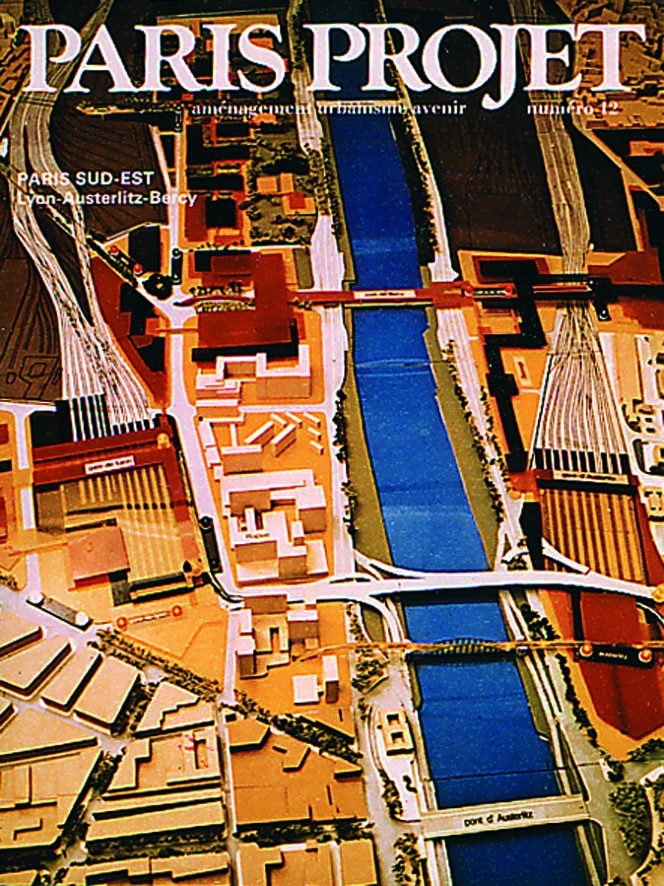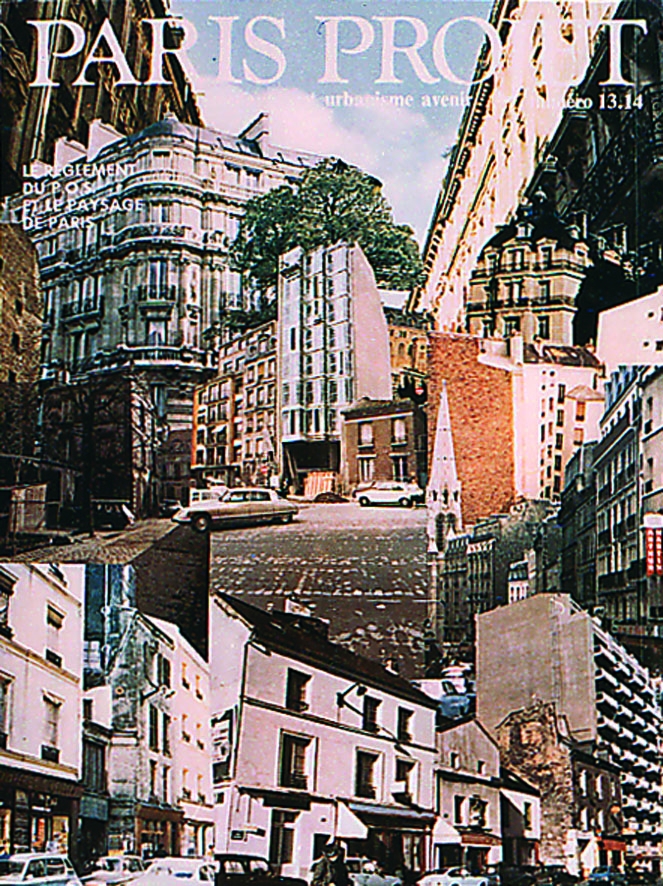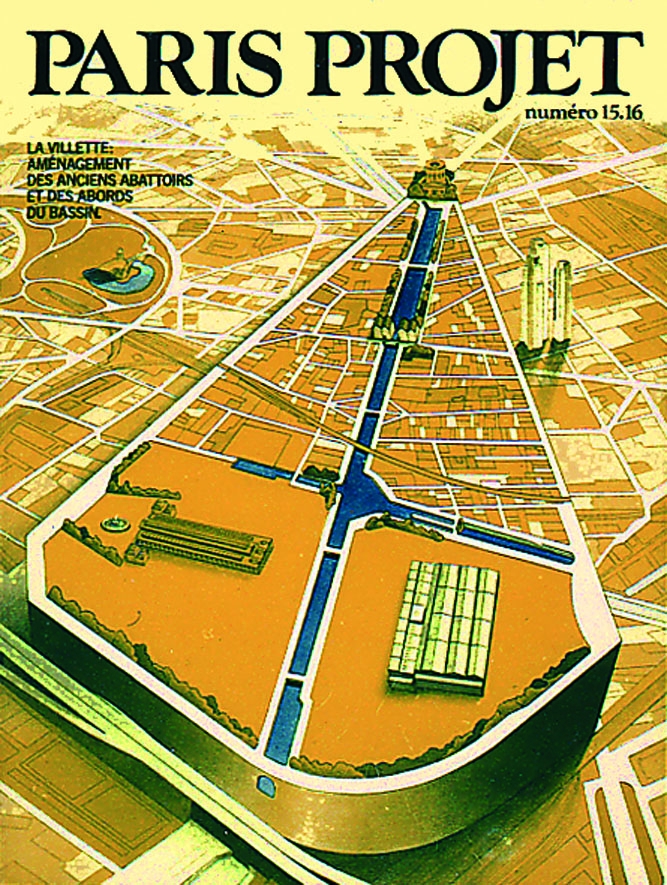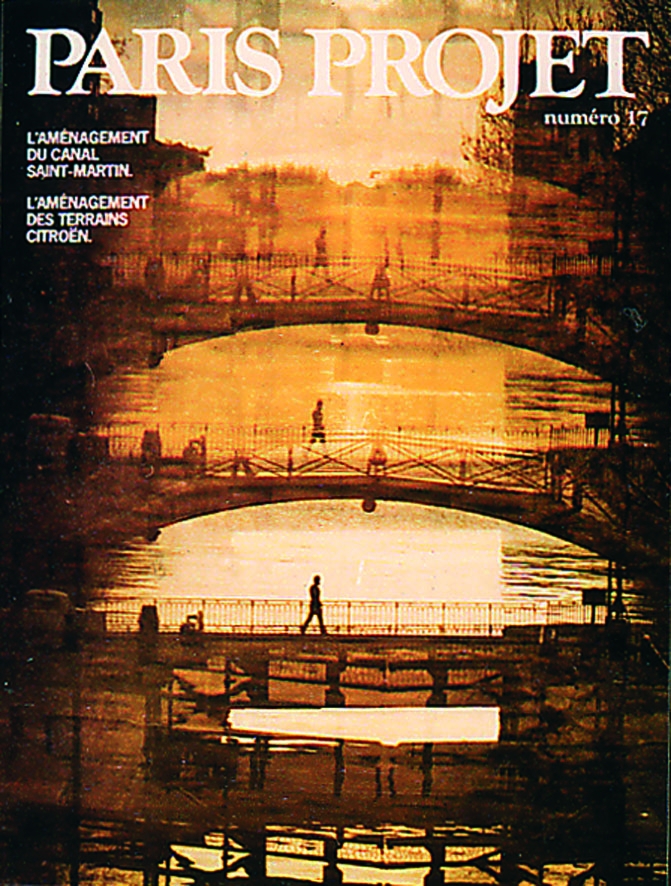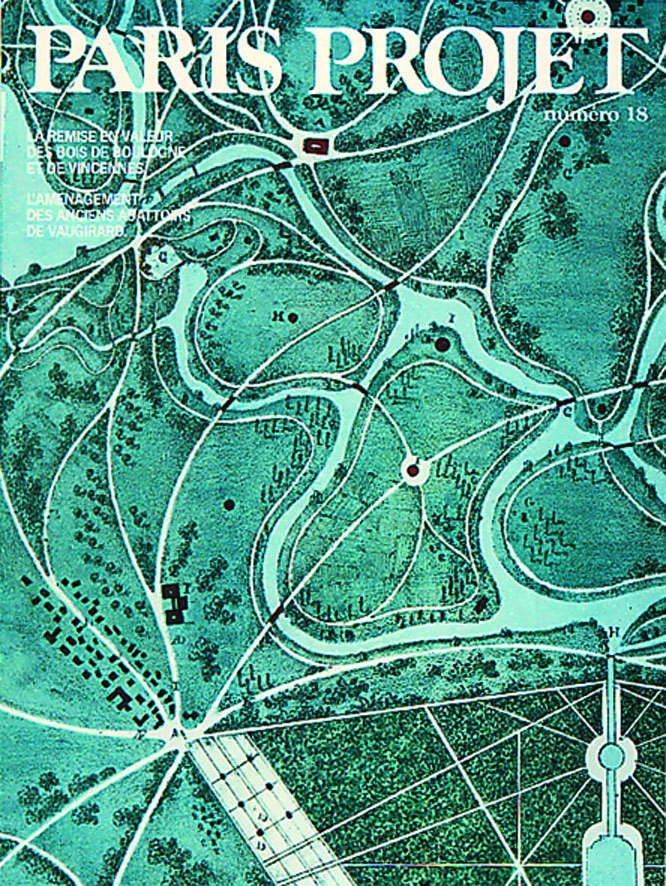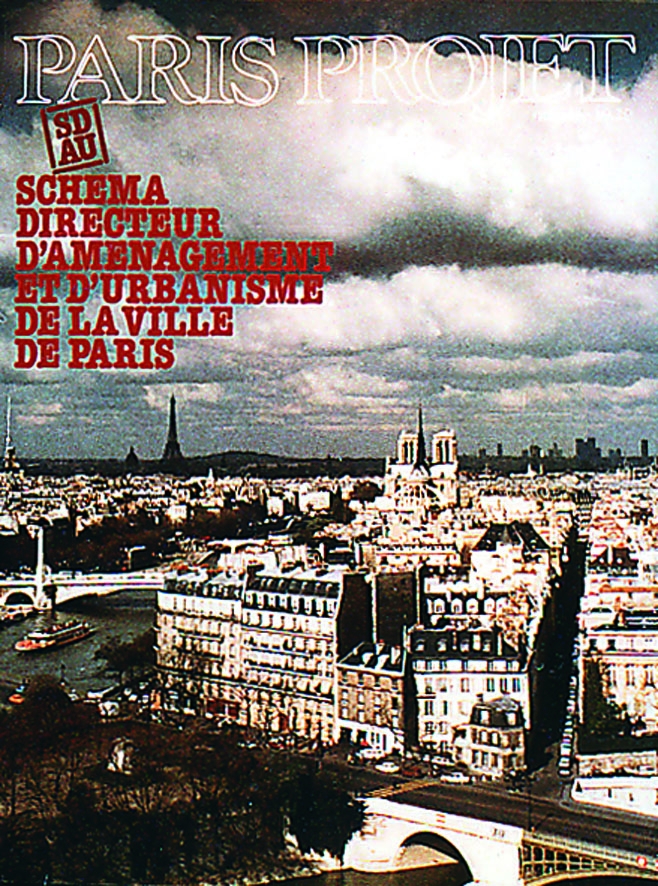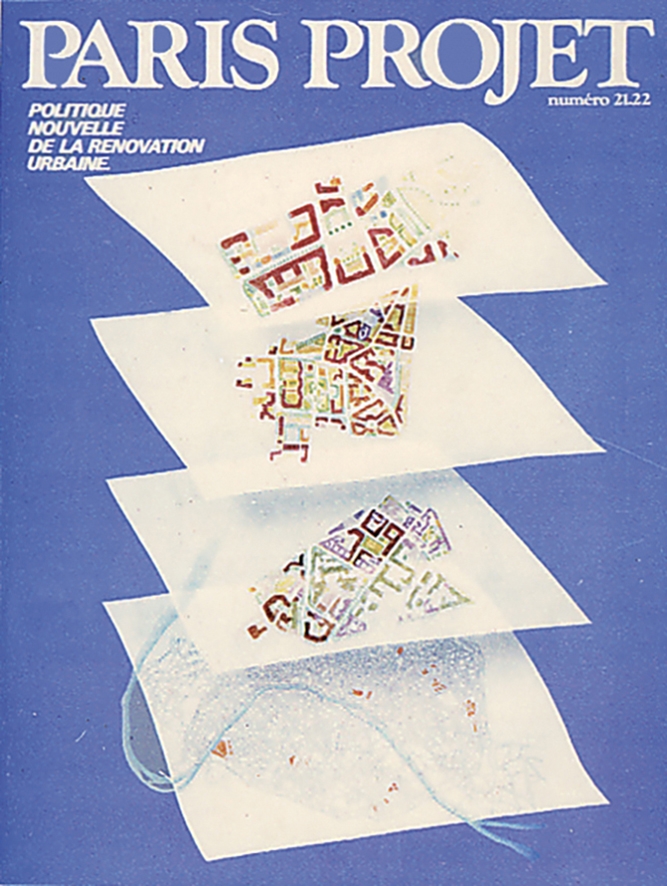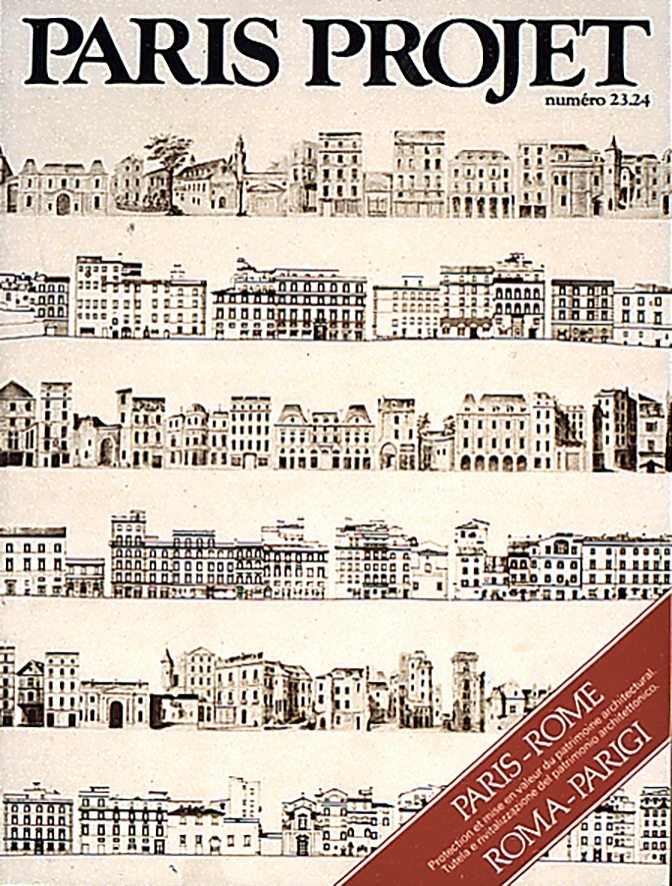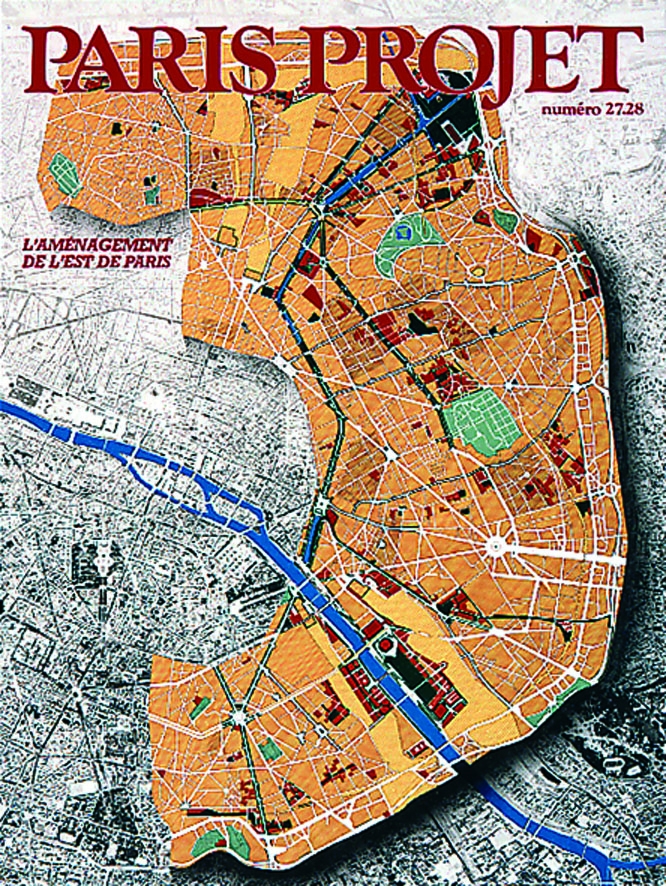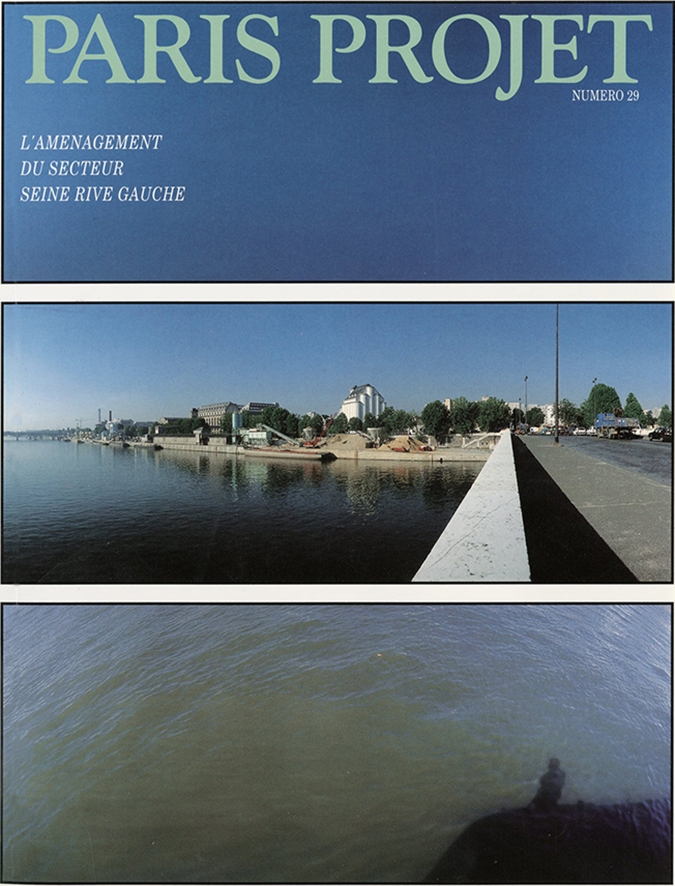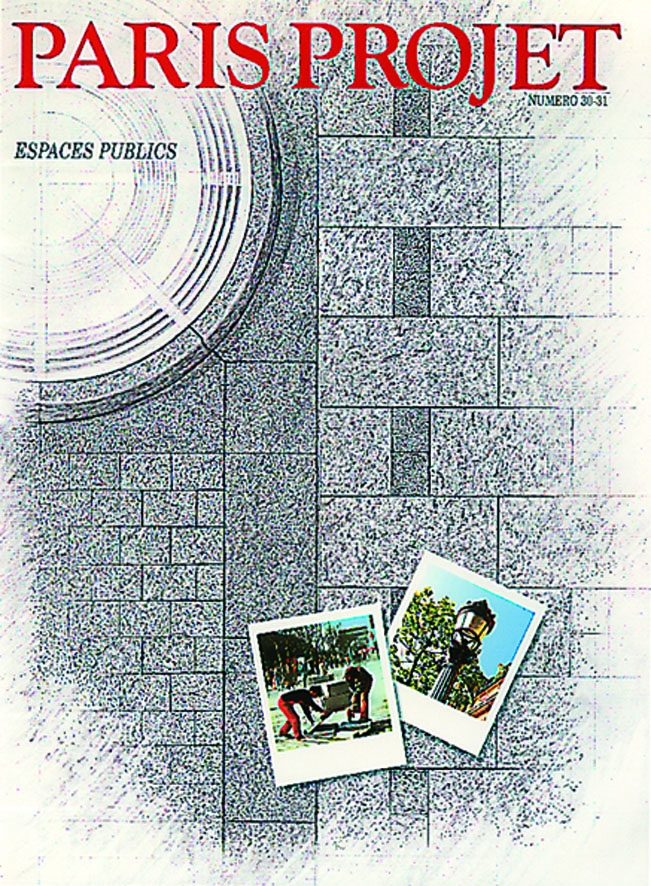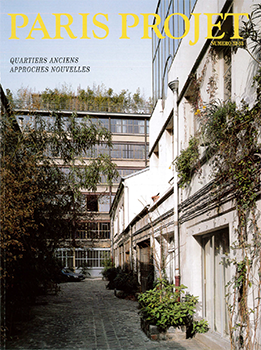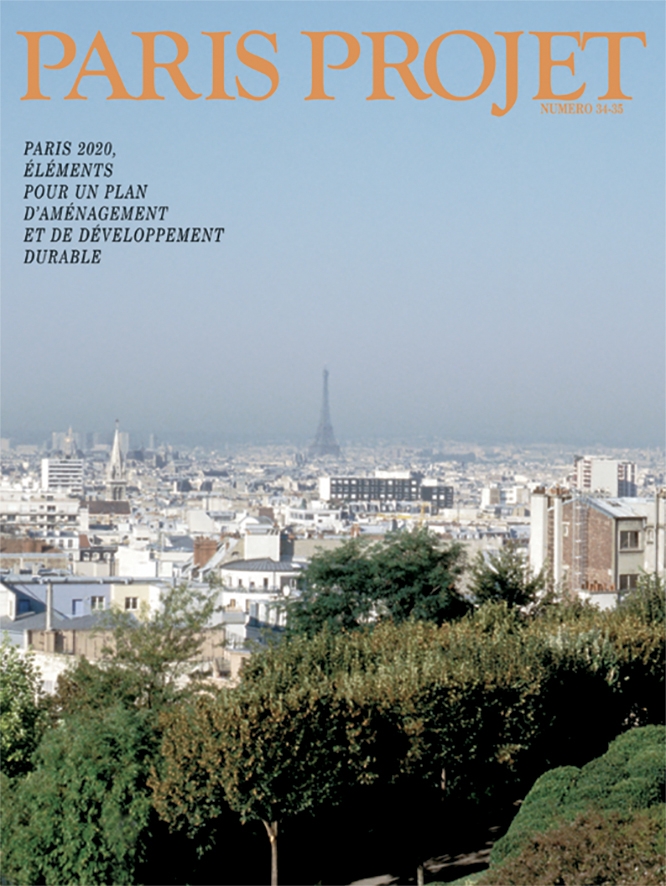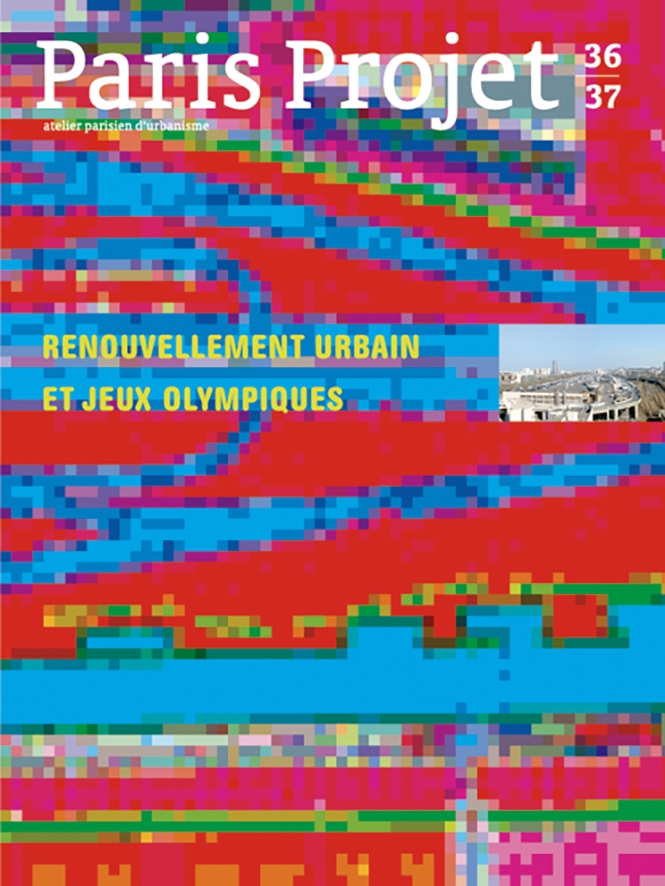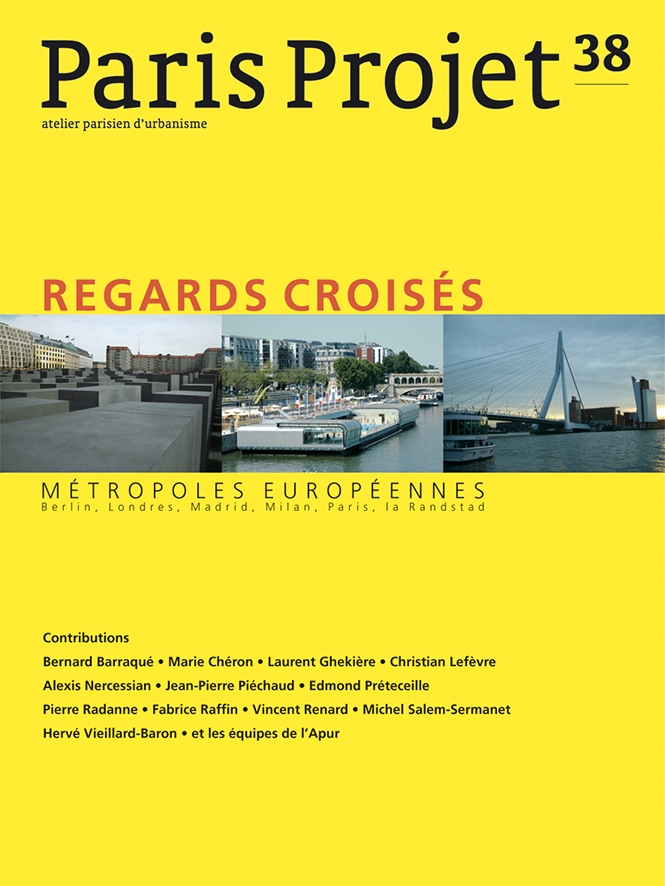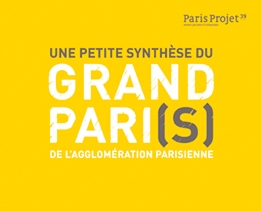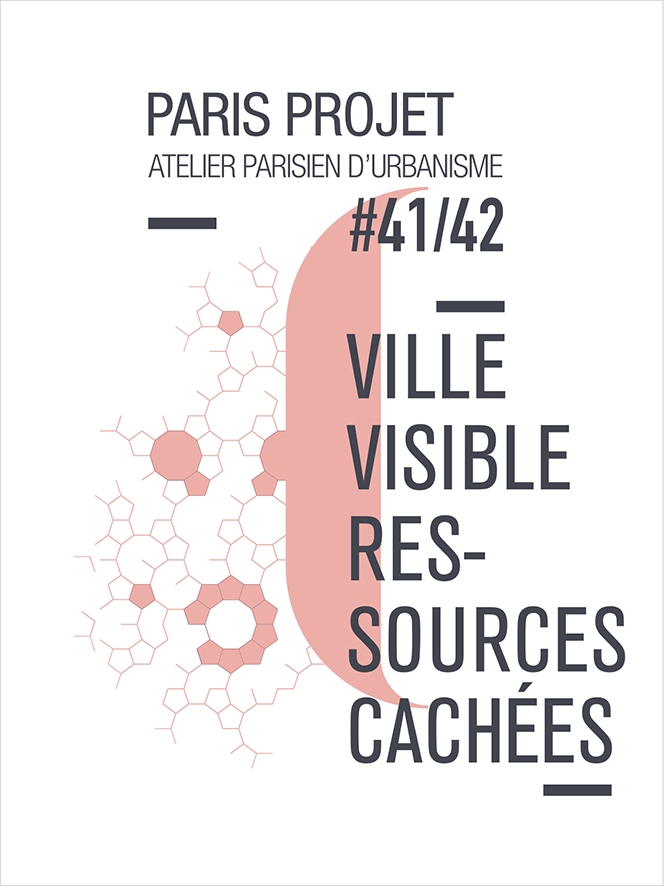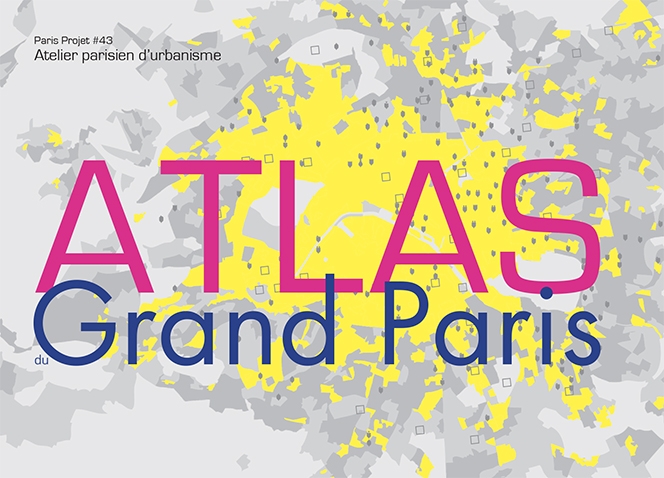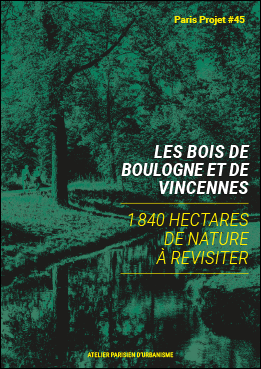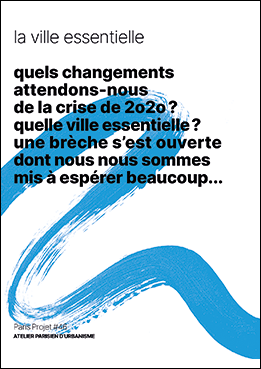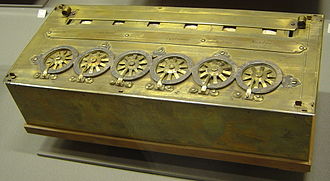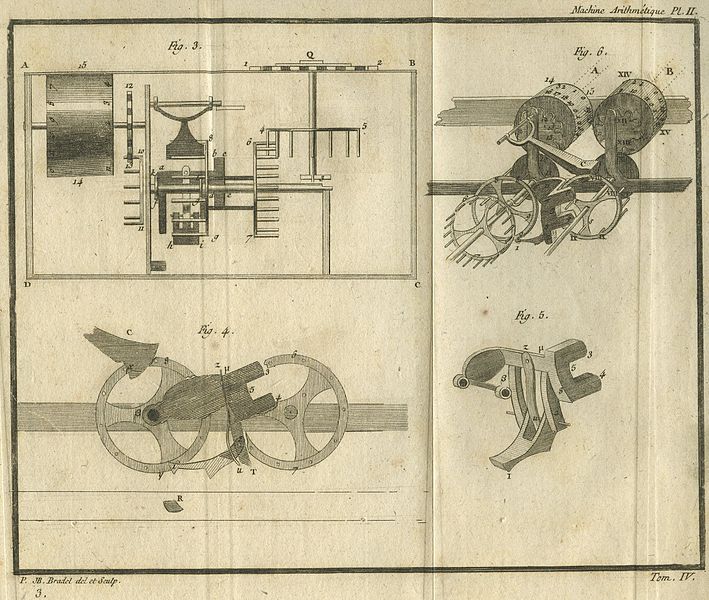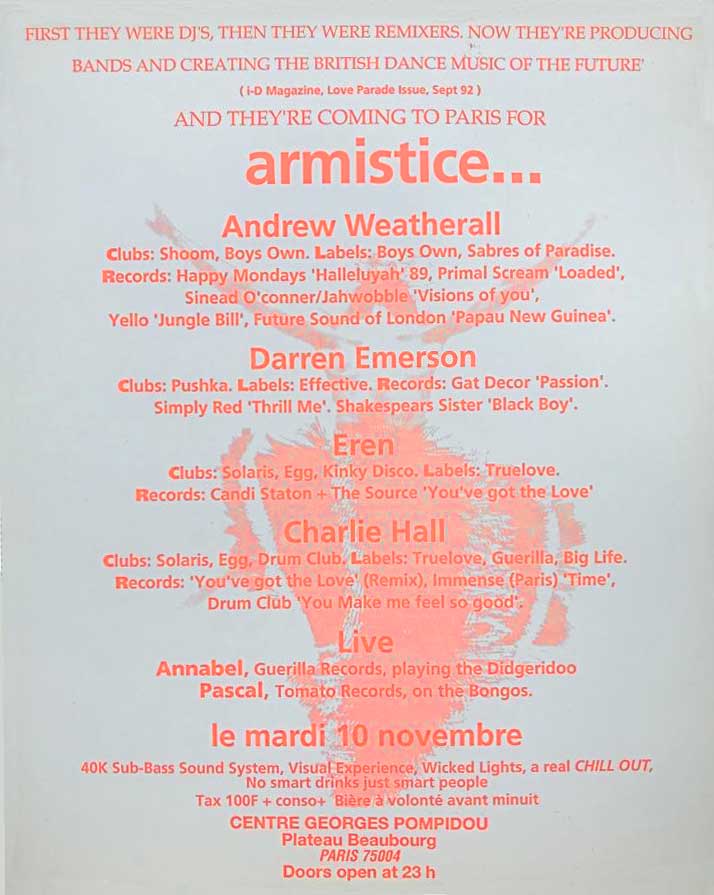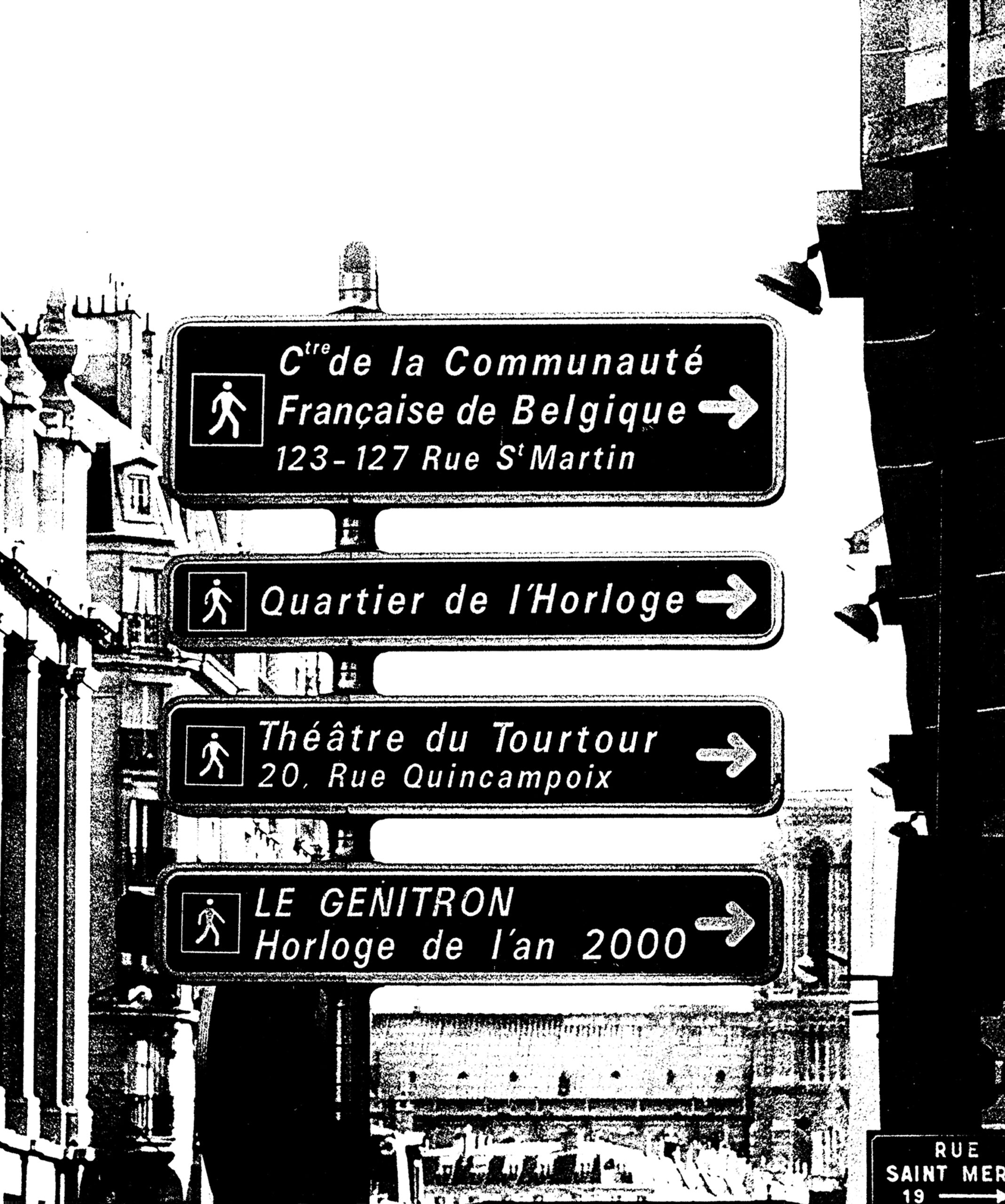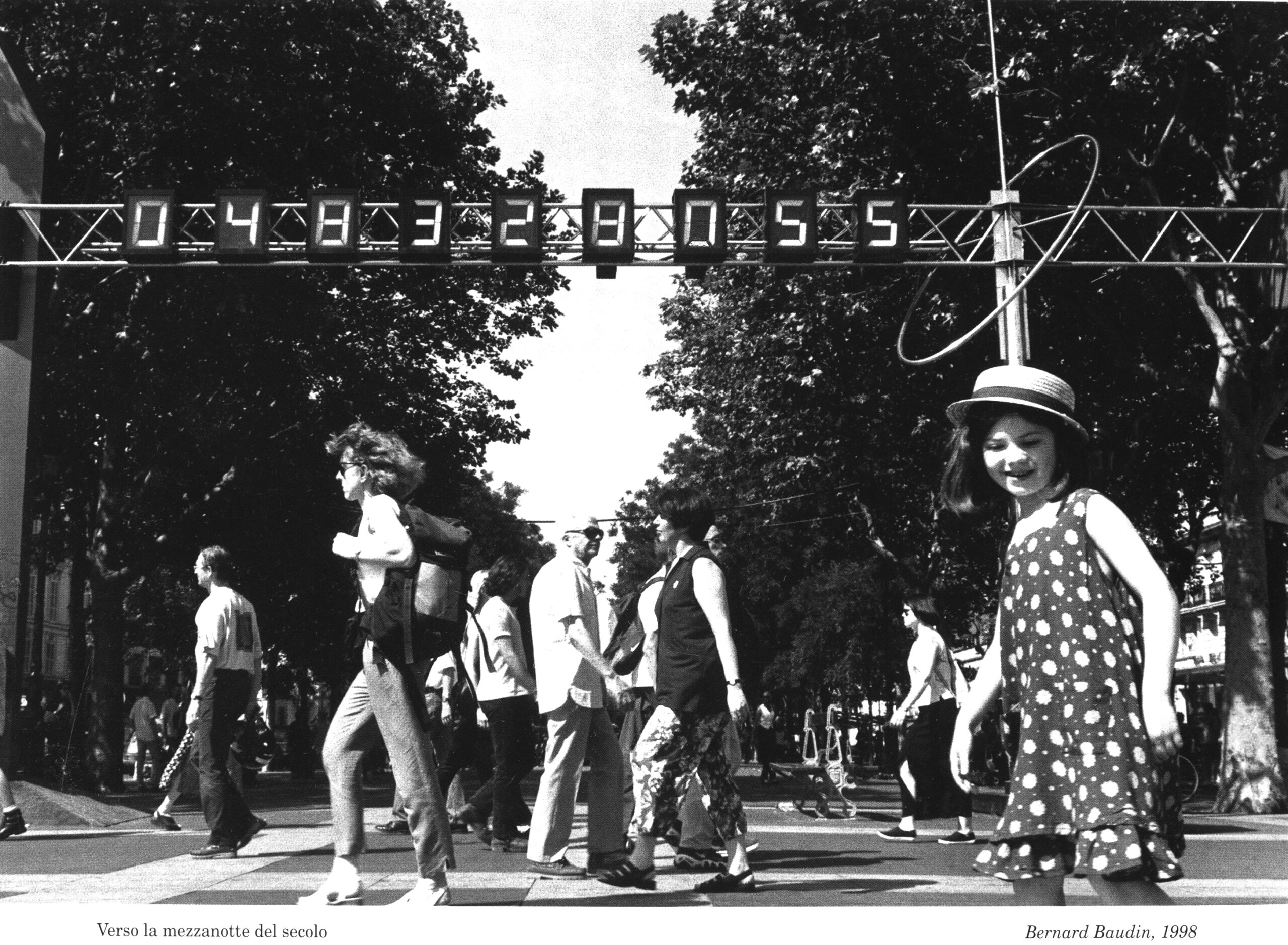- Aug 2023
-
robertreich.substack.com robertreich.substack.com
-
https://robertreich.substack.com/p/welcome-to-my-class
Robert Reich course “Wealth and Poverty” 2023
-
- Jul 2023
-
Local file Local file
-
Winchester, Simon. Knowing What We Know: The Transmission of Knowledge: From Ancient Wisdom to Modern Magic, 2023. https://www.harperacademic.com/book/9780063142886/knowing-what-we-know.
-
-
www.imdb.com www.imdb.com
-
Unlike Turkophobic reviews I know real history behind WW1, Armenian gangs (most famous ones Henchak and Dashnak) killed lots of people and rob their neighbors. My mom side ancestors came from Van and I heard stories about Armenian neighbors came to rob them when their husbands went to war.Turkey suggested Armenia for a joint historians board for so-called Armenian Genocide research and opening state archives. Armenia denied their proposition.Let me explain this to you: you don't accept historians to decide, you praise (millions of) so-called Armenian Genocide supporter films without historical proof and if you see one film which just picture real situation it is propaganda. You say it is a propaganda because it conflicts with your propaganda.
-
-
-
England: From the Fall of Rome to the Norman Conquest. Streaming Video. Vol. 30140. The Great Courses. Chantilly, VA: The Teaching Company, LLC, 2022. https://www.thegreatcourses.com/england-from-the-fall-of-rome-to-the-norman-conquest. https://www.wondrium.com/england-from-the-fall-of-rome-to-the-norman-conquest.
Paxton, Jennifer. England: From the Fall of Rome to the Norman Conquest. The Great Courses: Books. First. The Great Courses 30140. Chantilly, VA: The Teaching Company, 2022.
Tags
Annotators
-
-
-
we regard this disappearance as an aberration, and notas an indication of progress.
disappearance [of education] as an...
there's also disappearance of context of what has gone before
-
-
earlyradiohistory.us earlyradiohistory.us
-
cloudflare.tv cloudflare.tv
-
minitel.us minitel.us
-
thechipletter.substack.com thechipletter.substack.com
- Jun 2023
-
danallosso.substack.com danallosso.substack.com
-
-
The idea that what happened was not inevitable. Understanding the contingency of the past, I think, may suggest to them that the present and future are similarly “not a done deal”.
In some respects, even the past is not a done deal. It must be examined and studied and will be viewed differently in the present and in the future, thus making history a feedback loop, though hopefully in positive ways.
-
-
www.youtube.com www.youtube.com
-
22:30 Differing environments/context matters. So before giving tricks, hacks, etc. realise that you function within a different environment.
Historicity is a historical sibling to this: periods have different environments, and thus don't apply 1 on 1.
But we can still learn from other other people & periods?
-
-
www.paris-treizieme.fr www.paris-treizieme.fr
Tags
Annotators
URL
-
-
spectrum.ieee.org spectrum.ieee.org
-
storymaps.arcgis.com storymaps.arcgis.com
-
learn-us-east-1-prod-fleet01-xythos.content.blackboardcdn.com learn-us-east-1-prod-fleet01-xythos.content.blackboardcdn.com
-
There’s no evidence ofdisputes requiring intervention by mediators or arbitrators, and reading all the edits gives a verygood idea of what all the rumpus over the years has been about.
This quote and example enhanced my understanding and views of Wikipedia. I'm happy the article included Daniel Jonah Goldhagen's wikipedia page for reference because by telling me that it has been revised 607 times and there is no evidence of anything rude, or inaccurate makes me trust wikipedia and the volunteers a lot more. I attached the history list of Daniel Goldhagen. as further proof
-
-
-
johnmenadue.com johnmenadue.com
-
In Chile, two million Chileans were estimated to have been killed by the Pinochet regime
Totally overblown, 3065 dead, ~40k tortured, 200k exiled from Chile by Pinochet.
-
-
www.bortzmeyer.org www.bortzmeyer.org
-
datatracker.ietf.org datatracker.ietf.org
-
www.shehui.pku.edu.cn www.shehui.pku.edu.cn
-
“中国”的名称是在天下观念的崩溃和王朝循环历史终结的废墟上建立起来的,并最终由革命者将其规定为中国人集体的认同。在国际上,把华人、华侨、中国人等混同使用,以淡化一国之概念,这恰恰是天下观念的历史遗产,也因此说明中国并非一个经典意义上的民族国家。
-
-
histoireduticketdemetro.blogspot.com histoireduticketdemetro.blogspot.com
- May 2023
-
en.wikiquote.org en.wikiquote.org
-
The object of the present volume is to point out the effects and the advantages which arise from the use of tools and machines ;—to endeavour to classify their modes of action ;—and to trace both the causes and the consequences of applying machinery to supersede the skill and power of the human arm.
[28] AI - precedents...
-
-
www.krapp.org www.krapp.org
-
Professor of Film & Media Studies, Informatics, English, and Music - UC Irvine
-
-
-
In a note, he dryly remarks: “Appearanceof the card index and constitution of the human sciences: another invention the historianshave celebrated little”.7
-
-
www.lemonde.fr www.lemonde.fr
-
www.reddit.com www.reddit.com
-
I don't have any affiliation with the book (other than ordering a copy for myself), but thought I'd share the pre-order details for the forthcoming book Shift Happens: A book about keyboards by Marcin Wichary: https://shifthappens.backerkit.com/hosted_preorders The book, shipping in October 2023, was originally funded on Kickstarter at https://www.kickstarter.com/projects/mwichary/shift-happens. Even more details available at https://shifthappens.site/. The author Marcin Wichary compiled a huge list of typewriter/keyboard resources, books, and manuals at https://archive.org/details/wicharytypewriter which the hard core historians and type enthusiasts many may also appreciate. (h/t u/amidfallenleaves @ r/typewriters/#)
-
-
telecommunications.monsite-orange.fr telecommunications.monsite-orange.fr
-
www.museeminitel.fr www.museeminitel.fr
-
larevuedesmedias.ina.fr larevuedesmedias.ina.fr
-
www.arts-et-metiers.net www.arts-et-metiers.net
-
www.futura-sciences.com www.futura-sciences.com
-
aconit.inria.fr aconit.inria.fr
-
www.digitalhumanities.org www.digitalhumanities.org
-
erinkissane.com erinkissane.com
-
Incidentally, when a straightforwardly “I’m a Nazi” Nazi showed up in the beta, people used the report function, and the Bluesky team labeled the account and banned it from the Bluesky app and restricted promotion of the account of the person who invited him. This changed exactly none of the tenor of the Nazi conversation on Mastodon, but it happened.
Now just imagine the equivalent on the scale of an entire server and you've got the story of Mastodon's incredibly centralized, swift expulsion of Gab's influence. Here's The Verge's version for the moment.
-
-
www.reddit.com www.reddit.com
-
It’s great that there’s interest in this stuff. Your articles are inspiring, as is Jillian Hess’s NotesSubstack, team Greene/Holiday/Oppenheimer, and the German scholars who focus on the technology of writing, such as Hektor Haarkötter. But I don’t see this as nostalgia. For me it’s history in service of the present and the future.
reply to u/atomicnotes at https://www.reddit.com/r/Zettelkasten/comments/13cqnsk/comment/jjkwc05/?utm_source=reddit&utm_medium=web2x&context=3
Definitely history in service of the present and the future. Too many people are doing some terribly hard work attempting to reinvent wheels which have been around for centuries.
-
-
www.centrepompidou.fr www.centrepompidou.fr
-
www.derstandard.at www.derstandard.at
-
Durch seine LNG-Importe im vergangenen Jahr hat Europa die Preise so nach oben getrieben, dass Pakistan und wohl auch China stattdessen Kohle verwendet haben. Standard-Interview mit Helen Thompson die sich mit den politischen Auswirkungen von Gas beschäftigt. https://www.derstandard.at/story/2000146167458/cambridge-professorin-thompson-europa-hat-sein-gasproblem-ausgelagert.
-
-
daringfireball.net daringfireball.net
-
Just type in a username and password and off you go.
-
- Apr 2023
-
www.justice.gov www.justice.gov
-
“embrace, extend, extinguish”
There it is.
-
-
blog.erinshepherd.net blog.erinshepherd.net
-
reinventing Google Sidewiki or similar systems in which replies exist outside of the network itself.
I'm ashamed/bewildered to confess that I have zero recollection of Google Sidewiki... Given the medium in which I'm typing this right now - and a whole bunch of other anecdotes from my online life - I think I would have been very engaged with such a thing.
What a Wiki page though! Thank you. Bless. Through it, I discovered the Google Toolbar Help YouTube Channel.
-
-
-
Tyrion Lannister : A wise man once said a true history of the world is a history of great conversations in elegant rooms.
-
-
en.wikipedia.org en.wikipedia.org
-
The Incoherence also marked a turning point in Islamic philosophy in its vehement rejections of Aristotle and Plato.
The Incoherence of the Philosophers by al-Ghazali marks a dramatic turn in Islamic philosophy away from Aristotle and Plato which had been followed by previous Arab philosophers like Avicenna and al-Farabi.
-
the Tahāfut al-Falāsifa ("Incoherence of the Philosophers") is a landmark in the history of philosophy, as it advances the critique of Aristotelian science developed later in 14th-century Europe.[35]
-
-
minnstate.pressbooks.pub minnstate.pressbooks.pub
-
https://minnstate.pressbooks.pub/ushistory1/

<small><cite class='h-cite via'>ᔥ <span class='p-author h-card'>Dan Allosso</span> in Welcome to US History & Primary Source Anthology, vol. 1 (<time class='dt-published'>08/21/2022 14:41:00</time>)</cite></small>
-
-
www.washingtonpost.com www.washingtonpost.com
-
The last time two major world powers tried to manage a relationship of economic interdependence and rising geopolitical rivalry was Britain and Germany in the period from the 1880s to 1914.
-
-
www.kanopy.com www.kanopy.com
-
Aby Warburg: Metamorphosis and Memory. Documentary, Biography, 2016. https://www.kanopy.com/en/lapl/video/5913764.
Written, Directed and Produced by Judith Wechsler<br /> Wechsler2016
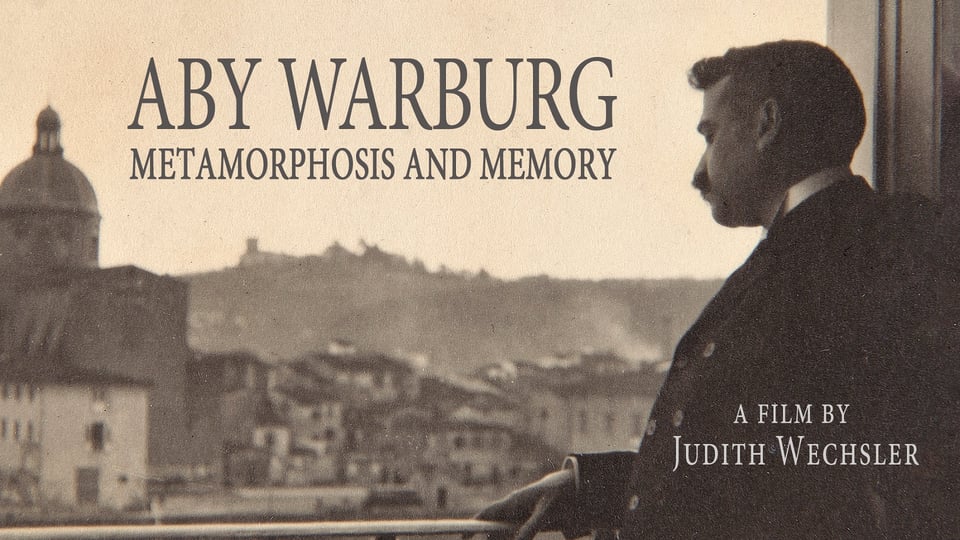
-
51:20 - [Aby] Not until art history can show51:22 that it sees the work of art51:23 in a few more dimensions than it has done so far51:27 will our activity again attract the interest of scholars51:31 and of the general public.51:36 Every serious scholar51:37 who has to venture on a problem of cultural history51:40 reads over the entrance to his workshop Goethe's lines:51:43 "What you call the spirit of the age51:46 "is really no more51:47 "than the spirit of the worthy historian51:49 "in which the age is reflected."51:57 In my role as psycho-historian,51:59 I tried to diagnose52:00 the schizophrenia of Western civilization52:02 from its images in an autobiographical reflex.52:10 May the history of art and the study of religion,52:13 between which lies nothing at present52:15 but wasteland overgrown with verbiage,52:18 meet together one day in learned and lucid minds,52:22 and may they share a workbench in the laboratory52:24 of the iconological science of civilization.
-
06:57 The entire range of emotional stirrings,06:59 aggression, defense, sacrifice, mourning,07:03 melancholia, ecstasy, triumph, et cetera, is expressed07:06 through the revival of movements, gestures, and postures,07:11 that is pathosformel:07:12 the expressive formulas of emotion07:15 either taken from ancient modes07:16 or reappearing as mnemonic traces in successive works.
The entire range of emotional stirrings, aggression, defense, sacrifice, mourning, melancholia, ecstasy, triumph, et cetera, is expressed through the revival of movements, gestures, and postures, that is pathosformel: the expressive formulas of emotion either taken from ancient modes or reappearing as mnemonic traces in successive works.
Original source for this? (Likely in German as original.)
Warburg is talking about the expression of current art through the lens of the classical arts and there is a throughline of "mnemonic traces" through out time.
-
-
forum.artofmemory.com forum.artofmemory.com
-
I just watched the documentary Aby Warburg: Metamorphosis and Memory (Wechsler, 2016) via Kanopy (for free using my local library's gateway) and thought that others here interested in the ideas of memory in culture, history, and art history may appreciate it. While a broad biography of a seminal figure in the development of art history in the early 20th century, there are some interesting bits relating to art and memory as well as a mention of Frances A. Yates whose research on memory was influenced by Warburg's library.
Also of "note" is the fact that Aby Warburg had a significant zettelkasten-based note taking practice and portions of his collection (both written as well as images) are featured within the hour long documentary.
Researchers interested in images, art, dance, and gesture as they relate to memory may appreciate this short film as an entrance into some of Aby Warburg's more specialized research which includes some cultural anthropology research into American Hopi indigenous peoples. cc: @LynneKelly
-
-
mp.weixin.qq.com mp.weixin.qq.com
-
面包大规模传入中国始于清末,外国冒险家们带着坚船利炮闯入中国,从东南、东北两个方向向内陆延伸。东北长期受到俄日的影响,在面包产业上很早就独树一帜。19 世纪后期,秋林大列巴开始风靡,成为几代哈尔滨人的共同记忆,并被追溯为中国本地面包的鼻祖。如果中国面包业一定要诞生一个本土豪强,那么,东北是最有力的竞争者。
Tags
Annotators
URL
-
-
bibliotheque-numerique.inha.fr bibliotheque-numerique.inha.fr
-
www.templetons.com www.templetons.com
Tags
Annotators
URL
-
-
-
A project of the Roy Rosenzweig Center for History and New Media https://rrchnm.org/portfolio-item/tropy/
-
-
certificates.creativecommons.org certificates.creativecommons.org
-
Recommended Resource
I recommend adding the webpage "Open Access in Australia" on Wikiwand that documents Australia's history for accepting and promoting open access and open publication in its country.
The site contains a timeline that documents key years in which the open movement, open access, open government, and open data concepts were introduced. The year that CC Australia was established is included in the timeline.
-
-
-
Out of the ideas of Pestalozzi and Froebel, in the early 1900s Maria Montessorideveloped her method, depending on practical tasks such as personal care andcare for the environment, putting independence at the centre of the curriculum.
Maria Montessori's educational model stemmed from the ideas of Pestalozzi and Froebel.
-
-
laulima.hawaii.edu laulima.hawaii.edu
-
Armstrong, Dorsey. King Arthur: History and Legend (Course Guidebook). Great Courses 2376. Chantilly, VA: The Teaching Company, 2015.
King Arthur: History and Legend. Streaming Video. Vol. 2376. The Great Courses: Literature and Language. Chantilly, VA: The Teaching Company, 2015. https://www.wondrium.com/king-arthur-history-and-legend.
-
- Mar 2023
-
www.insidehighered.com www.insidehighered.com
-
It does not feel patriotic to have my students pay money for public-domain literature on their American heritage.”
-
-
Local file Local file
-
By looking at practices of note-taking for their ownsake we can get a better idea of how people performed intellectual work in the past, what caughttheir attention and how they moved from reading to producing a finished work, often via note-taking.
-
Blair, Ann M. “The Rise of Note-Taking in Early Modern Europe.” Intellectual History Review 20, no. 3 (August 4, 2010): 303–16. https://doi.org/10.1080/17496977.2010.492611.
Annotation target: urn:x-pdf:202007e9836543a7b69e7045c81f5965
Hypothes.is: https://hypothes.is/users/chrisaldrich?q=url%3Aurn%3Ax-pdf%3A202007e9836543a7b69e7045c81f5965
-
-
docdrop.org docdrop.org
-
- Ronald Wright gives his famous Massey talk on = progress traps
- The book
- A Short History of Progress
- is based on a series of 5 talks he gave at the Massey Lectures
- All five talks are recorded here
-
-
-
Representative democracy is a good example. It was set up in a time of bad roads and no telecommunication. So, find someone with a horse who was willing to ride to the capital to represent the local views. The roads were so bad that these riders returned only at lengthy intervals to check on local opinion. Over time, the riders became known as “politicians” and their return visits as “elections.” Today, we have perfect roads and high-tech communications — yet, the same centuries-old procedure.
The origins of politicians! - politicians had their roots in an earlier age when there was no communication or transportation technology - settlers lived in small communities and had to send a horse rider to represent them at the capital city. - now, communication technology has made them obsolete but too late, the antiquated politician is here to stay!
-
-
www.historyperceptiongap.us www.historyperceptiongap.us
-
See also: https://www.moreincommon.com/
-
-
contrappassomag.wordpress.com contrappassomag.wordpress.com
-
-
No single volume can capture the entire scope of the music, but a good one to start with is Nick Tosches’ Where Dead Voices Gather.
-
So many of the prewar musicians that I admired, obscure and famous, all had experience playing in the medicine shows. This included black songsters like Frank Stokes and Pink Anderson, as well as seminal country artists like Jimmie Rodgers and Gene Autry. Even Hank Williams played the medicine shows.
-
-
www.oldhatrecords.com www.oldhatrecords.com
-
Medicine shows became popular after the Civil War when patent medicine salesmen traveled the "kerosene circuit" in rural America. Flourishing until the passage of 1906 Fair Food and Drug Act made them obsolete, medicine shows provided entertainment to attract audiences and then used their intermissions to sell their products.
This pattern would later be seen in later radio and television when product pitchmen sponsored entertainment in return for commercial time.
(Bob Dylan, Theme Time Radio Hour, "Doctors," February 20, 2008 via http://www.oldhatrecords.com/)
See also: https://en.wikipedia.org/wiki/Medicine_show
Also related to tent revival shows which featured music and religion as entertainment and socializing.
Example in music: Neil Diamond's song: Brother Love's Travelling Salvation Show
-
-
-
Michael, thanks for mentioning keyboard shortcuts! I've added the shortcut Control-Command-M, at your suggestion. Believe it or not, it's available now in version 2.1 for Mac, which cruised through app review in 45 minutes. (The iOS version with shortcut for iPad is forthcoming.)
See my post on Mastodon.
-
-
pressbooks.ulib.csuohio.edu pressbooks.ulib.csuohio.edu
-
Serbian history therefore is tragic, full of wars and struggles for survival for freedom and independence.
History
-
-
actu.fr actu.fr
-
www.sprague-thomson.com www.sprague-thomson.com
-
Local file Local file
-
Despite attempts such as the HistoryWorkshop movement in Great Britain, Scandinavia, and Germany to break out ofthe narrow confines of the historical discipline and to encourage the writing ofhistories of and by common people, new fields of history, such as women’s andgender studies, are centered mostly at universities and follow established careerlines.
-
-
-
TheSateliteCombinationCard IndexCabinetandTelephoneStand

A fascinating combination of office furniture types in 1906!
The Adjustable Table Company of Grand Rapids, Michigan manufactured a combination table for both telephones and index cards. It was designed as an accessory to be stood next to one's desk to accommodate a telephone at the beginning of the telephone era and also served as storage for one's card index.
Given the broad business-based use of the card index at the time and the newness of the telephone, this piece of furniture likely was not designed as an early proto-rolodex, though it certainly could have been (and very well may have likely been) used as such in practice.
I totally want one of these as a side table for my couch/reading chair for both storing index cards and as a temporary writing surface while reading!
This could also be an early precursor to Twitter!
Folks have certainly mentioned other incarnations: - annotations in books (person to self), - postcards (person to person), - the telegraph (person to person and possibly to others by personal communication or newspaper distribution)
but this is the first version of short note user interface for both creation, storage, and distribution by means of electrical transmission (via telephone) with a bigger network (still person to person, but with potential for easy/cheap distribution to more than a single person)
-
Memindex
Let YOUR MIND GO FREE Do not tax your brain trying to re- member. Get the MEMINDEX HABIT and you can FORGET WITH IMPUNITY. An ideal reminder and handy system for keeping all memoranda where they will appear at the right time. Saves time, money, opportunity. A brain saver. No other device answers its purpose. A Great Help for Busy Men, Used and recommended by Bankers, Man- ufacturers, Salesmen, Lawyers, Doctors, Merchants, Insurance Men, Architects, Ed- ucators, Contractors, Railway Managers Engineers, Ministers, etc., all over the world. Order now and get ready to Begin the New Year Right. Rest of '06 free with each outfit. Express prepaid on receipt of price. Personal checks accepted
Also a valuable card index for desk use. Dated cards from tray are carried in the handy pocket case, 2 to 4 weeks at a time. To-day's card always at the front. No leaves to turn. Helps you to PLAN YOUR WORK WORK YOUR PLAN ACCOMPLISH MORE You need it. Three years' sales show that most all business and professional men need it. GET IT NOW. WILSON MEMINDEX CO. 93 Mills St., Rochester, N. Y.
Interesting that the use of the portmanteau memindex (as memory + index) for a card index being used to supplement one's memory. It can't go unnoticed that the Wilson Memindex Co. was manufacturing and selling these as early as 1906, several decades before Vannevar Bush's use of the word Memex which seems derivative and removes more of the traces of index from the root.
Note the use of card sizes 2 3/4 x 4 1/2" and 3 x 5 1/2" for this system.
Tags
- annotations
- telegraph
- Grand Rapids Michigan
- rolodexes
- audience
- Vannevar Bush
- intellectual history
- card index as memory
- telephones
- office furniture
- satelite stands
- technology
- zettelkasten boxes
- Memindex
- Adjustable Table Company
- Memex
- card index filing cabinets
- Wilson Memindex Co.
- user interface
- postcards
- evolution of technology
- card index for business
Annotators
-
-
-
Blair, Ann M. Too Much to Know: Managing Scholarly Information before the Modern Age. Yale University Press, 2010, https://yalebooks.yale.edu/book/9780300165395/too-much-know.
ISBN: 978-0-300-11251-1 (cloth) Library of Congress Control Number: 2010024663
annotation target: url: urn:x-pdf:1a01bfa446187f0bb8bd5db6cc6ad53e
-
-
-
Rank, Mark Robert, Lawrence M. Eppard, and Heather E. Bullock. Poorly Understood: What America Gets Wrong About Poverty. Oxford University Press, 2021.
Reading as part of Dan Allosso's Book Club
Mostly finished last week, though I managed to miss the last book club meeting for family reasons, but finished out the last few pages tonight.
annotation target: url: urn:x-pdf:c3701d1c083b974a888f7eaa4009f11f
-
-
www.theatlantic.com www.theatlantic.com
-
None of this is easy. In the words of Jill Lepore, one of our finest historians, “Writing history requires empathy, inquiry, and debate. It requires forswearing condescension, cant, and nostalgia. The past isn’t quaint. Much of it, in fact, is bleak.”
ostensibly in The Story of America: Essays on Origins
-
- Feb 2023
-
www.bl.uk www.bl.uk
-
1478-1518, Notebook of Leonardo da Vinci (''The Codex Arundel''). A collection of papers written in Italian by Leonardo da Vinci (b. 1452, d. 1519), in his characteristic left-handed mirror-writing (reading from right to left), including diagrams, drawings and brief texts, covering a broad range of topics in science and art, as well as personal notes. The core of the notebook is a collection of materials that Leonardo describes as ''a collection without order, drawn from many papers, which I have copied here, hoping to arrange them later each in its place according to the subjects of which they treat'' (f. 1r), a collection he began in the house of Piero di Braccio Martelli in Florence, in 1508. To this notebook has subsequently been added a number of other loose papers containing writing and diagrams produced by Leonardo throughout his career. Decoration: Numerous diagrams.
-
-
scali.com.fr scali.com.fr
Tags
Annotators
URL
-
-
Local file Local file
-
Lustig, Jason. “‘Mere Chips from His Workshop’: Gotthard Deutsch’s Monumental Card Index of Jewish History.” History of the Human Sciences, vol. 32, no. 3, July 2019, pp. 49–75. SAGE Journals, https://doi.org/10.1177/0952695119830900
Cross reference preliminary notes from https://journals.sagepub.com/doi/abs/10.1177/0952695119830900
Finished reading 2023-02-21 13:04:00
urn:x-pdf:6053dd751da0fa870cad9a71a28882ba
-
Moststriking, though, was Marcus’ appropriation of Deutsch’s cards when he extracted thoserelating to America, installing them in the reading room of the American JewishArchives where they remain to this day.
-
In 1905 – just as Deutsch began his index inearnest – the Gesamtarchiv der deutschen Juden (General or Total Archive of the Ger-man Jews) was established under the leadership of Eugen Ta ̈ubler, who developed aprogram to collect all the files of German Jewry. This dream of archival totality was lateradopted explicitly and implicitly by a number of Jewish archival efforts in Austria, theUSA, and the state of Israel, where the Jewish Historical General Archives (since 1969the Central Archives of the History of the Jewish People) tried to create what its formerdirector Hadassah Assouline termed a ‘central repository of Jewish historical material inthe world’ (Lustig, 2017: 110-25). 14
-
R. G. Collingwood’s critique of what hecalled ‘scissors and paste’ history – meaning both those who uncritically cited earlierworks, and the use of scissors and paste to cut apart sources on index cards
-
Beyond the realm of historians, advocates called card indexes ‘the only portable,elastic, simple, orderly and self-indexing way of keeping records’, and the practice wascommon enough that Gustave Flaubert parodied the unending and ultimately futilepursuit of all knowledge in his 1881 satire Bouvard et Pe ́cuchet (Dickinson, 1894).
-
Fred Morrow Flingwrote effusively of the ‘manifest advantages’ of the ‘card system of note taking’
from<br /> Fling, F. M. (1920) The Writing of History: An Introduction to Historical Method. New Haven: Yale University Press.
-
Herbert Baxton Adams’ model of ahistorical seminar room suggested it have a dedicated catalogue;
-
One student’s rabbinical thesis, also completed that year,opened with the declaration: ‘We must not forget that History is a Science. Its facts cannever be doubted. One may indeed, differ as to the interpretation of facts but neverdispute the fact per se!’ (orig. emph., Holtzberg, 1916: Introduction).
Interesting to see this quote in light of the work of Ernst Bernheim and historical method.
At what point did history begin to be viewed as a science this way? (Did it predate Berheim?) Is it still?
Tags
- American Jewish Archives
- zettelkasten method
- Gotthard Deutsch's zettelkasten
- Eugen Täubler
- Gesamtarchiv der deutschen Juden
- personal knowledge management
- parody
- pursuit of all knowledge
- 1905
- Gotthard Deutsch
- scissors and paste history
- intellectual history
- Gustave Flaubert
- Bouvard et Pécuchet
- Jewish history
- card index for research
- card index
- R. G. Collingwood
- references
- zettelkasten
- Herbert Baxton Adams
- card index for writing
- quotes
- history as science
- 1881
- card index as database
- historical method
- Fred M. Fling
- Ernst Bernheim
- read
Annotators
-
-
dl.acm.org dl.acm.org
-
Döring, Tanja, and Steffi Beckhaus. “The Card Box at Hand: Exploring the Potentials of a Paper-Based Tangible Interface for Education and Research in Art History.” In Proceedings of the 1st International Conference on Tangible and Embedded Interaction, 87–90. TEI ’07. New York, NY, USA: Association for Computing Machinery, 2007. https://doi.org/10.1145/1226969.1226986.
This looks fascinating with respect to note taking and subsequent arranging, outlining, and use of notes in human computer interaction space for creating usable user interfaces.
-
-
fr.wikisource.org fr.wikisource.org
-
gallica.bnf.fr gallica.bnf.fr
-
en.wikipedia.org en.wikipedia.org
-
Local file Local file
-
Francesco Erspamer
Interestingly Erspamer doesn't mention any prior history or traditions of this sort of practice, just that it works for creating theses within the humanities very well. How does he miss this as motivation?
Presumably for him it's a "cultural practice" and Eco delineates it well. Erspamer learned from Eco and it's just what he does... The only questioning done is how 90s technology fit into the picture and that was only surface level questioning...
There's definitely something off about this as a recommendation for the overall system.
-
-
archives.paris.fr archives.paris.fr
-
-
sce.parsons.edu sce.parsons.edu
-
www.washingtonpost.com www.washingtonpost.com
-
Unlike other mainstream social platforms, the primary way content is distributed on TikTok is through an algorithmically curated “For You” page; having followers doesn’t guarantee people will see your content. This shift has led average users to tailor their videos primarily toward the algorithm, rather than a following, which means abiding by content moderation rules is more crucial than ever.
Social media has slowly moved away from communication between people who know each other to people who are farther apart in social spaces. Increasingly in 2021 onward, some platforms like TikTok have acted as a distribution platform and ignored explicit social connections like follower/followee in lieu of algorithmic-only feeds to distribute content to people based on a variety of criteria including popularity of content and the readers' interests.
-
-
sciencegarden.net sciencegarden.net
-
Neben den Methoden herkömmlicher Recherche werden daher normalerweise Zettelkästen angelegt, in denen auf Karteikarten notiert ist, was ständig zitiert werden muss. Studenten erproben dies oft zum ersten mal intensiv für ihre Diplomarbeit. Nach Schlagworten und Autoren werden Notizen alphabetisch geordnet und was in den Kasten einsortiert wurde, kann man auch wieder herausholen.
Google translate:
In addition to the methods of conventional research, card boxes are usually created in which index cards are used to record what needs to be constantly quoted. Students often try this out intensively for their diploma thesis for the first time. Notes are sorted alphabetically according to keywords and authors, and what has been sorted into the box can also be taken out again.
An indication from 2001 of the state of the art of zettelkasten written in German. Note that the description is focused more on the index card or slip-based version of a commonplace book sorted alphabetically by keywords and authors primarily for quoting. Most students trying the method for the first time are those working on graduate level theses.
-
-
danallosso.substack.com danallosso.substack.com
-
https://danallosso.substack.com/p/new-york-in-1687
Source: "Condition of New York in 1687", by Thomas Dongan, in E. B. O’Callaghan, The Documentary History of the State of New-York (Albany, 1850), I, 101-117. https://archive.org/details/in.ernet.dli.2015.45493/page/n561/mode/2up
-
-
docs.google.com docs.google.com
-
I am Cuauhtémoc
Throughout the poem, Joaquin embodies various historical figures from Mexican history, including Cuauhtémoc (the last emperor of Tenochtitlan), Miguel Hidalgo (the father of Mexican Independence), Jose Maria Morelos (military leader during the Mexican War of Independence), Vicente Guerrero (2nd president of Mexico), Benito Juárez (26th president of Mexico), Pancho Villa (General in the Mexican Revolution which overthrew Porfirio Diaz), and Emiliano Zapata (key leader in the Mexican Revolution). All of these people are shown to care deeply about their people and their country, and their lives and deaths are seen as important parts of the story of Mexico and its path to independence and freedom.
https://www.britannica.com/biography/Cuauhtemoc https://www.britannica.com/biography/Miguel-Hidalgo-y-Costilla https://www.britannica.com/biography/Jose-Maria-Morelos https://www.britannica.com/biography/Vicente-Guerrero https://www.britannica.com/biography/Benito-Juarez https://www.britannica.com/biography/Pancho-Villa-Mexican-revolutionary https://www.britannica.com/biography/Emiliano-Zapata
-
-
en.wikipedia.org en.wikipedia.org
-
the essay Of the Plurality of Worlds (1853), in which he argued against the probability of life on other planets
-
His best-known works are two voluminous books that attempt to systematize the development of the sciences, History of the Inductive Sciences (1837) and The Philosophy of the Inductive Sciences, Founded Upon Their History (1840, 1847, 1858–60). While the History traced how each branch of the sciences had evolved since antiquity, Whewell viewed the Philosophy as the "Moral" of the previous work as it sought to extract a universal theory of knowledge through history. In the latter, he attempted to follow Francis Bacon's plan for discovery. He examined ideas ("explication of conceptions") and by the "colligation of facts" endeavored to unite these ideas with the facts and so construct science.[11] This colligation is an "act of thought", a mental operation consisting of bringing together a number of empirical facts by "superinducing" upon them a conception which unites the facts and renders them capable of being expressed in general laws.[22]
-
He corresponded with many in his field and helped them come up with neologisms for their discoveries. Whewell coined, among other terms, scientist,[2] physicist, linguistics, consilience, catastrophism, uniformitarianism, and astigmatism;[3] he suggested to Michael Faraday the terms electrode, ion, dielectric, anode, and cathode.[4][5]
-
-
news.ycombinator.com news.ycombinator.com
-
Wow what an interesting story. It's notable that he's still alive at age 99 despite being exposed to dangerously high levels of radiation in his 20s, and a history cancer in the family.
.
-
-
www.harperacademic.com www.harperacademic.com
-
Winchester, Simon. Knowing What We Know: The Transmission of Knowledge: From Ancient Wisdom to Modern Magic, 2023. https://www.harperacademic.com/book/9780063142886/knowing-what-we-know.
-
- Jan 2023
-
Local file Local file
-
One might call pirate legends, then, the most importantform of poetic expression produced by that emerging North Atlanticproletariat whose exploitation laid the ground for the industrialrevolution.
-
It was Eric Williams (Capitalism and Slavery) who first developed the idea thatEuropean slave plantations in the New World were, in effect, the first factories; theidea of a “pre-racial” North Atlantic proletariat, in which these same techniques ofmechanization, surveillance, and discipline were applied to workers on ships, waselaborated by Peter Linebaugh and Marcus Rediker (The Many-Headed Hydra).
What sort of influence did these sorts of philosophy have on educational practices of their day and how do they reflect on our current educational milieu?
-
The real story of what happened in human history is a thousandtimes more diverting.
-
-
www.reddit.com www.reddit.com
-
My plan is to make some sort of physical timeline eventually, but while analog does feel a little "fixed" for this purpose, I want the shear size and the speed of cards.Do you happen to know what historians used to do before computers?
reply to u/stjeromeslibido at https://www.reddit.com/r/antinet/comments/10nlu4l/comment/j6bdgma/?utm_source=reddit&utm_medium=web2x&context=3
I've used data from my own cards to create timelines before using the Knightlab's TimelineJS tool: https://cdn.knightlab.com/libs/timeline3/latest/embed/index.html?source=18QD2-Kx0WdFBzqDv1sTkQWOJLGHGXsvr4NBLYNiX9FA&font=Default&lang=en&initial_zoom=2&height=650%27%20width=%27100%%27%20height=%27650%27%20webkitallowfullscreen%20mozallowfullscreen%20allowfullscreen%20frameborder=%270%27
You'll note that it's got a fun card-like flavor to its design. 🤩
Historically, while they had certainly done so much earlier, historians began doubling down on slip-based research work flows in the late 1800's. Many in the late nineteenth and early twentieth centuries were heavily influenced by the idea of "historical method" or the German "Wissenschaftlichen Arbeitens". Primary sources going back over a century have included:
- Bernheim, Ernst. Lehrbuch der historischen Methode und der Geschichtsphilosophie : mit Nachweis der wichtigsten Quellen und Hilfsmittelzum Studium der Geschichte ... völlig neu bearbeitete und vermehrte Auflage. 1889. Reprint, Leipzig : Duncker, 1903. http://archive.org/details/lehrbuchderhisto00bernuoft.
- Langlois, Charles Victor, and Charles Seignobos. Introduction to the Study of History. Translated by George Godfrey Berry. First. New York: Henry Holt and company, 1898. http://archive.org/details/cu31924027810286.
- Dow, Earle Wilbur. Principles of a Note-System for Historical Studies. New York: Century Company, 1924.
- Barzun, Jacques, and Henry F. Graff. The Modern Researcher. New York, Harcourt, Brace, 1957. http://archive.org/details/modernreseracher0000unse.
- Eco, Umberto. How to Write a Thesis. Translated by Caterina Mongiat Farina and Geoff Farina. 1977. Reprint, Cambridge, MA, USA: MIT Press, 2015. https://mitpress.mit.edu/books/how-write-thesis.
A few prime examples of historians practicing this sort of card index method (though not necessarily in the same form as Niklas Luhmann) include:
- Thomas, Keith. “Diary: Working Methods.” London Review of Books, June 10, 2010. https://www.lrb.co.uk/the-paper/v32/n11/keith-thomas/diary.
- Pomeroy, Earl. “Frederic L. Paxson and His Approach to History.” The Mississippi Valley Historical Review 39, no. 4 (1953): 673–92. https://doi.org/10.2307/1895394.
- Aldrich, Chris. “S.D. Goitein’s Card Index (or Zettelkasten).” BoffoSocko (blog), January 15, 2023. https://boffosocko.com/2023/01/14/s-d-goiteins-card-index-or-zettelkasten/.
- Lustig, Jason. “‘Mere Chips from His Workshop’: Gotthard Deutsch’s Monumental Card Index of Jewish History.” History of the Human Sciences 32, no. 3 (July 1, 2019): 49–75. https://doi.org/10.1177/0952695119830900.
- Goutor, Jacques. The Card-File System of Note-Taking. Approaching Ontario’s Past 3. Toronto: Ontario Historical Society, 1980. http://archive.org/details/cardfilesystemof0000gout.
- Margolin, Victor. The Process of Writing World History of Design, 2015. https://www.youtube.com/watch?v=Kxyy0THLfuI.
Margolin's short video is particularly lovely for its incredible depth despite its brevity.
Beyond this there is also a very rich history of sociologists, anthropologists, philosophers, linguists, and others in the humanities using similar methods.
Beatrice Webb has a fairly good description of how she created her "scientific notes" in the late 1880/1890s in a database-like fashion in the appendix to her memoir My Apprenticeship and expanded on some of the ideas in a more specific text a few years later.
- Webb, Beatrice. My Apprenticeship. First Edition. New York: Longmans, Green & Co., 1926.
- Webb, Sidney, and Beatrice Webb. Methods of Social Study. London; New York: Longmans, Green & Co., 1932. http://archive.org/details/b31357891.
-
-
www.edge.org www.edge.org
-
In each case, a small population produced a star-burst of pioneers who permanently changed our way of thinking. Genius erupted in groups as well as in individuals. It seems likely that these bursts of creative change were driven by a combination of cultural with biological evolution. Cultural evolution was constantly spreading ideas and skills from one community to another, stirring up conservative societies with imported novelties. At the same time, biological evolution acting on small genetically isolated populations was causing genetic drift, so that the average intellectual endowment of isolated communities was rising and falling by random chance. Over the last few thousand years, genetic drift caused occasional star-bursts to occur, when small populations rose to outstandingly high levels of average ability. The combination of imported new ideas with peaks of genetic drift would enable local communities to change the world.
!- explaining human history : combination of cultural and biological evolution
-
Wells's biggest work is Outline of History, published in 1920, a picture of cultural evolution as the main theme of history since the emergence of our species.
!- H.G. Wells : Outline of history - cultural evolution as the main theme
-
-
wb6nvh.com wb6nvh.com
-
-
I attended this live this morning from 9:20 - 10:45 AM
-
-
-
https://del.icio.us is up ! 🥳
Can log in, browse through bookmarks and export them.
-
-
feeei.substack.com feeei.substack.com
-
The Compass of Zettelkasten Thinking.
Notice the naming/productization of this idea: The Compass of Zettelkasten Thinking which Fei-Ling Tseng labels a "method" in the following line.
The comments on the piece seem to underline this.
The general idea is also far from new, so people are obviously ignoring the history of the space as they productize it.
-
-
Local file Local file
-
Aschheim, Steven E., and Vivian Liska, eds. The German-Jewish Experience Revisited. Perspectives on Jewish Texts and Contexts 3. De Gruyter, 2015. https://doi.org/10.1515/9783110367195.
Skimmed for references with respect to Aby Warburg and his zettelkasten.
-
For some scholars, it is critical thatthis new Warburg obsessively kept tabs on antisemitic incidents on the Easternfront, scribbling down aphorisms and thoughts on scraps of paper and storingthem in Zettelkasten that are now searchable.
Apparently Aby Warburg "obsessively kept" notes on antisemitic incidents on the Eastern front in his zettelkasten.
This piece looks at Warburg's Jewish identity as supported or not by the contents of his zettelkasten, thus placing it in the use of zettelkasten or card index as autobiography.
Might one's notes reflect who they were as a means of creating both their identity while alive as well as revealing it once they've passed on? Might the use of historical method provide its own historical method to be taken up on a meta basis after one's death?
-
-
Local file Local file
-
A few decades ago college libraries were maintained for the almost exclusive useof the professor and the graduate student. Not only were books too rareand costly for promiscuous handling by the "vulgar" undergraduate, butfris crude mind was not considered sufficiently developed to be able toappreciate the great works of science and literature at first hand . It wasstill an age of theoretical knowledge so far as the undergraduate was concerned. The student had to take his learning as it fell as drops of wisdomfrom the lips of a gray-bearded sage. He must accept a fact because aprofessor said it was a fact . The college lecture , aside from the religioususe of a few texts, was the one source of undergraduate learning. Thus afailure to obtain good notes might, very likely, mean a greater calamityto the student than it does now.
-
-
hcommons.social hcommons.social
-
Ryan Randall @ryanrandall@hcommons.socialEarnest but still solidifying #pkm take:The ever-rising popularity of personal knowledge management tools indexes the need for liberal arts approaches. Particularly, but not exclusively, in STEM education.When people widely reinvent the concept/practice of commonplace books without building on centuries of prior knowledge (currently institutionalized in fields like library & information studies, English, rhetoric & composition, or media & communication studies), that's not "innovation."Instead, we're seeing some unfortunate combination of lost knowledge, missed opportunities, and capitalism selectively forgetting in order to manufacture a market.
https://hcommons.social/@ryanrandall/109677171177320098
-
-
quod.lib.umich.edu quod.lib.umich.edu
Tags
- history
- billy strayhorn
- duke ellington
- wikipedia:en=Swinging_Suites_by_Edward_E._and_Edward_G.
- musicbrainz:recording=9c54c2de-6e9a-48fb-ab41-0a067d8d9ed6
- jazz
- wikipedia:en=Peer_Gynt_(Grieg)
- musicbrainz:work=d5d9aa32-e0b0-33ac-aa1f-c4860ffb01bf
- music
Annotators
URL
quod.lib.umich.edu/m/mp/9460447.0005.205/--duke-ellington-billy-strayhorn-and-the-adventures-of-peer -
-
www.cambridge.org www.cambridge.org
-
We have proposed the existence of a notational system associated with an unambiguous animal subject, relating to biologically significant events informed by the ethological record, which allows us for the first time to understand a Palaeolithic notational system in its entirety. This utilized/allowed the function of ordinality (and, later, place value), which were revolutionary steps forward in information recording.
-
The sequences of dots/lines associated with animal images certainly meet the criteria for representing numbers: they are usually organized in registers that are horizontal relative to the image with which they appear to be associated, and are of regular (rather than random) size and spacing, akin to the notion of a Mental Number Line being central to the development of mathematical abilities (Brannon Reference Brannon2006; Dehaene et al. Reference Dehaene, Bossini and Giraux1993; Pinel et al. Reference Pinel, Piazza, Le Bihan and Dehaene2004; Previtali et al. Reference Previtali, Rinaldi and Girelli2011; Tang et al. Reference Tang, Ward and Butterworth2008).
-
-
app.thebrain.com app.thebrain.comTheBrain1
-
-
www.youtube.com www.youtube.com
-
https://www.youtube.com/watch?v=WIfH-iSGa5M
2021-05-12
Dr. Hanan Harif started out as a Geniza scholar but is now a biographer of Shlomo Dov Goitein.
In the 1920s Goitein published his only play Pulcellina about a Jewish woman who was burned at the stake in France in 1171.
Had a friendship with Levi Billig (1897-1936)
You know very well the verse on Tabari that says: 'You wrote history with such zeal that you have become history yourself.' Although in your modesty you would deny it, we suggest that his couplet applies to yourself as well." —Norman Stillman to S.D. Goitein in letter dated 1977-07-20
Norman Stillman was a student of Goitein.
What has Hanan Harif written on Goitein? Any material on his Geniza research and his note cards? He addressed some note card material in the Q&A, but nothing direct or specific.
Goitein's Mediterranean Society project was from 1967-1988 with the last volume published three years after his death. The entirety of the project was undertaken at University of Pennsylvania.
The India Book, India Traders was published in 2007 (posthumously) as a collaboration with M.A. Friedman.
Goitein wrote My Life as a Scholar in 1970, which may have some methodological clues about his work and his card index.
He also left his diaries to the National Library of Israel as well and these may also have some clues.
His bibliography is somewhere around 800 publications according to Harif, including his magnum opus.
Harif shows a small card index at 1:15:20 of one of Goitein's collaborators (and later rival) Professor Eliasto (unsure of this name, can't find direct reference?). Harif indicates that the boxes are in the archives where he's at (https://www.nli.org.il/en/discover/archives/archives-list ? though I don't see a reasonable name/materials there, so perhaps it's at his home at Rothberg International School of the Hebrew University of Jerusalem).
-
-
Local file Local file
-
Zinger, Oded. “Finding a Fragment in a Pile of Geniza: A Practical Guide to Collections, Editions, and Resources.” Jewish History 32, no. 2 (December 1, 2019): 279–309. https://doi.org/10.1007/s10835-019-09314-6.
Read on 2023-01-09
An overview of sources and repositories for fragments from the Cairo Geniza with useful bibliographies for the start of Geniza studies. Of particular interest to me here is the general work of Shelomo Dov Goitein and his 27,000+ card zettelkasten containing his research work on it. There's some great basic description of his collection in general as well as some small specifics on what it entails and some reasonable guide as to how to search it and digital versions at the Princeton Geniza Lab.
-
-
-
is zettelkasten gamification of note-taking? .t3_zkguan._2FCtq-QzlfuN-SwVMUZMM3 { --postTitle-VisitedLinkColor: #9b9b9b; --postTitleLink-VisitedLinkColor: #9b9b9b; --postBodyLink-VisitedLinkColor: #989898; }
reply to u/theinvertedform at https://www.reddit.com/r/Zettelkasten/comments/zkguan/is_zettelkasten_gamification_of_notetaking/
Social media and "influencers" have certainly grabbed onto the idea and squeezed with both hands. Broadly while talking about their own versions of rules, tips, tricks, and tools, they've missed a massive history of the broader techniques which pervade the humanities for over 500 years. When one looks more deeply at the broader cross section of writers, educators, philosophers, and academics who have used variations on the idea of maintaining notebooks or commonplace books, it becomes a relative no-brainer that it is a useful tool. I touch on some of the history as well as some of the recent commercialization here: https://boffosocko.com/2022/10/22/the-two-definitions-of-zettelkasten/.
-
-
docdrop.org docdrop.org
-
it's what i write about and that is why what is it that has created this uh uh disparity and why is it widened so much since 1980. well the most obvious reason is uh interest rates reached a peak of 20 in uh 1980 and they've gone down ever since well in the late 1970s uh my old 00:16:50 boss's boss at chase manhattan paul volcker said let's raise interest rates to very high because the 99 are getting too much income their wages are going up let's uh raise interest to slow the economy and that will prevent wages from going up and he did and that was a large uh reason why carter lost the the election to ronald reagan interest rates then went down from 20 to almost 0 00:17:20 today the result was the largest bond market boom in history bonds went way up in price the economy was flooded with bank credit and most of this credit uh apart from going into the bond market went into real estate and there is a uh symbiosis between finance and real estate and also between finance and raw materials and also like oil and gas and minerals uh extraction natural resource 00:17:48 rent land rent and also monopoly rent and most of the monopoly rent has come from the privatization that you had from ronald reagan margaret thatcher and the whole neoliberalism uh if you look at how did this one percent get most of its wealth well if you look at the forbes list of the billionaires in almost every country they got wealth in the old-fashioned way from taking it from 00:18:13 the public domain in other words privatization you have the largest privatization and transfer of wealth from the public sector to uh the private sector and specifically to the financial sector uh in in history uh sell-offs and all of a sudden instead of uh infrastructure uh public health uh other uh basic needs being provided at subsidized rates to the population you have uh privatized 00:18:41 owners uh financed by the banks raising the rates to whatever rate they can get without any market firing power uh in the united states the government is not even allowed to bargain with the pharmaceutical companies for the drug prices so there's been a huge monopolization a huge privatization a huge flooding of the economy with credit and one person's credit is somebody else's 00:19:11 uh debt so you you've described the one percent's wealth in the form of uh savings but uh i focus on the other side of the balance sheet this one percent finds its counterpart in the debts of the 99 so the one percent has got wealthy by indebting the 99 uh for housing that is soared in price 20 00:19:37 uh just in the last year in the united states uh for medical care for uh utilities for education uh the economy is being forced increasingly into debt and how how can one uh solve this taxation will not be enough the only way that you can uh actually reverse this uh concentration of wealth is to begin wiping out uh the debt if you leave the debt in place of the 99 00:20:10 uh then uh you're going to leave the one percent savings all in place uh and these savings are largely tax exempt uh so basically i think you you uh left out the government's role in this wealth creation of the one percent so your finance has indeed grown faster than economy absorbed real estate into the finance insurance and real estate sector the fire sector finances 00:20:39 absorb the oil industry the mining industry and it's absorbed most of the government so the financial wealth has spilled over to become essentially the economy's central planner it's not planned in washington or paris or london it's planned in wall street the city of london and the paris ports the economy is being managed financially and the object of financial management 00:21:04 isn't really to make money it's capital gains and again as your statistics point out capital gains are really what explains the increase in wealth you don't get rich by saving the income rent is for paying interest income is for paying interest you get rich off the government basically subsidizing an enormous increase in the value of stocks the value of bonds by the central 00:21:31 banks which have been privatized and uh the reason that this is occurring is that uh the largest public utility of all money creation and banking is left in private hands and private banking in the west is very different from what government banking is in say china
!- Michael Hudson : Wealth is created in the 1% through privatization and loss of the 99% - Largest transfer of wealth in history from the public sector to the private sector, especially through financial sector - govt fire sale of public infrastructure - credit was created and invested in the biggest bon market boom in history - many of Forbes billionaires got rich through such privatization - the 1% got wealthy by indebting the 99% through privatization all around the globe - this was the effect of Ronald Reagan and Margaret Thatcher's neoliberal policies - taxation alone is not sufficient to reverse this wealth concentration, the debt has to be completely wiped out
!- key statement : the elite get rich off the government subsidizing an enormous increase in the value of stocks the value of bonds by the central bank which have been privatized. The reason THAT is happening is because the largest public utility of all, money creation and central banking has been privatized.
-
-
www.reddit.com www.reddit.com
-
Aglavra · 1 day agoNo, but I'm currently reading A place for everything https://www.goodreads.com/book/show/51770484-a-place-for-everything , which seems to be on similar topic - evolution of information management in the past.
Flanders, Judith. A Place For Everything: The Curious History of Alphabetical Order. Main Market edition. London: Picador, 2021.
-
-
docdrop.org docdrop.org
-
it really all does 00:06:53 trace back to the start of our what we call civilization our civilization meaning Agriculture and then settlements and cities so prior to that we lived in approximate equilibrium with ecosystems
!- Original source of : polycrisis - According to Prof. Tom Murphy, the original source of our current polycrisis is our collective, human need for control and mastery of our environment starting with civilization building itself, - and has its roots over 10,000 years ago in the beginnings of agriculture
!- Tom Murphy : Comment His thesis is aligned with the work of: - Glenn Albrecht & Gavin Van Horn: Replacing the Anthropocene with the Symbiocene https://hyp.is/go?url=https%3A%2F%2Fhumansandnature.org%2Fexiting-the-anthropocene-and-entering-the-symbiocene%2F&group=world - Buddhist scholar David Loy: On the Emptiness at the heart of the human being that cannot be filled by consumerism & materialism https://hyp.is/go?url=http%3A%2F%2Fdocdrop.org%2Fvideo%2F1Gq4HhUIDDk%2F&group=world - Korean / German philosopher Byung-Chul Han: The Burnout Society https://hyp.is/go?url=http%3A%2F%2Fdocdrop.org%2Fvideo%2FbNkDeUApreo%2F&group=world - Cognitive Scientist, Buddhist scholar Jay Garfield: Losing the Self: https://hyp.is/go?url=http%3A%2F%2Fdocdrop.org%2Fvideo%2FE5lW5XedNGU%2F&group=world
-
-
www.youtube.com www.youtube.com
-
Klaus Kusanowsky indicates without reference that zettelkasten started in the 17th or 18th centuries.
Tags
Annotators
URL
-
- Dec 2022
-
www.thenation.com www.thenation.com
-
I’m reminded of an old poem by Bertolt Brecht, which my Viennese grandmother, the daughter of a lifelong socialist and union man, taught me. It’s called “Questions From a Worker Who Reads”:
Bertolt Brecht has a poem "Questions From a Worker Who Reads" which points out how necessary societies are to their great accomplishments which can't ever be solely attributed to kings and leaders as if there is only a "Great Man theory of history".
-
-
gallicaintramuros.bnf.fr gallicaintramuros.bnf.fr
-
shawngraham.github.io shawngraham.github.io
-
https://shawngraham.github.io/hist1900/#the-big-idea
<small><cite class='h-cite via'>ᔥ <span class='p-author h-card'>Kathleen Fitzpatrick</span> in Spending today tinkering with a combi… (<time class='dt-published'>12/18/2022 00:02:04</time>)</cite></small>
-
-
Local file Local file
-
If we narrow the process oftransmission down to a single, hypothetical strand, it is feasible thatPtolemy originally wrote The Almagest on a papyrus scroll insecond-century Alexandria. That scroll would have had to berecopied at least twice for it to survive until the sixth century, at whichpoint it might well have been copied onto parchment and bound intoa book. This, too, would need to be recopied every few hundredyears to ensure that it survived (again assuming that it escaped theusual pests, damage and disasters) and was available to scholars in1500. It is therefore likely that The Almagest had to be recopied atthe very least five times during the period 150–1500.
-
important works like Galen’s On Demonstration, Theophrastus’ OnMines and Aristarchus’ treatise on heliocentric theory (which mighthave changed the course of astronomy dramatically if it hadsurvived) all slipped through the cracks of time.
-
Moller, Violet. The Map of Knowledge: A Thousand-Year History of How Classical Ideas Were Lost and Found. 1st ed. New York: Doubleday, 2019. https://www.penguinrandomhouse.com/books/546484/the-map-of-knowledge-by-violet-moller/.
-
-
genizalab.princeton.edu genizalab.princeton.edu
-
-
But a 1901 article(link is external) by Solomon Schechter hinted at the cache’s potential for social history.
-
-
-
Because I am as interested in the attitudes and assumptions which are implicit in the evidence as in those which were explicitly articulated at the time, I have got into the habit of reading against the grain. Whether it is a play or a sermon or a legal treatise, I read it not so much for what the author meant to say as for what the text incidentally or unintentionally reveals.
Historians, sociologists, anthropologists, and surely other researchers must often "read against the grain" which historian Keith Thomas defines as reading a text, not so much for what the author was explicitly trying to directly communicate to the reader, but for the small tidbits that the author through the text "incidentally or unintentionally reveals."
-
-
askubuntu.com askubuntu.com
-
Indeed, but the proliferation of general purpose keyboards with OS/2 logo keys has never come to pass... I think most of the keys are either windoze or half-eaten apples...
-
-
docdrop.org docdrop.org
-
over the last 150 years, we built an industrial ecosystem that is amazingly complex. And it was actually built using really, really dense energy and oil. 00:06:01 And it was built and optimized around cheap abundant energy like we'd never seen, but also free and easy available credit and capital. And also the idea that all mineral resources are abundant, it's just a matter of digging them up
! - summary: how we got here 3 reasons: cheap, abundant (until recently), high calorific value (fossil fuel) energy abundant (until recently) minerals cheap credit
All three are no longer true.
-
-
www.reddit.com www.reddit.com
-
I published an article about the Zettelkasten Method in my blog .t3_zgx3pv._2FCtq-QzlfuN-SwVMUZMM3 { --postTitle-VisitedLinkColor: #9b9b9b; --postTitleLink-VisitedLinkColor: #9b9b9b; --postBodyLink-VisitedLinkColor: #989898; }
reply to u/I_saw_the_Aleph<br /> https://www.reddit.com/r/antinet/comments/zgx3pv/i_published_an_article_about_the_zettelkasten/
Thanks for adding to the tradition in another language. This is great.
I'm obviously not a fan of the commonly held Luhmann "zettelkasten origin myth", but since you don't cite a source for "otros métodos de tomar notas similares se originan en el siglo XVII" (translation: other similar note taking methods in the 17th century), I'm curious what and potentially who you're referring to here? I've seen a handful of online sources nebulously mention this same 17th century time period without any specific evidence, so I'm curious if you're following that crowd, or if there's something more specific you have in mind or could point to from a historical standpoint?
-
-
facundomaciasescritor.wordpress.com facundomaciasescritor.wordpress.com
-
A pesar de que la variante moderna fue creada por Luhmann, las "máquinas de pensamiento" y otros métodos de tomar notas similares se originan en el siglo XVII.
I've now seen a handful of (all online) sources quote a 17th Century origin for similar note taking methods. What exactly are they referring to specifically? What are these sources? None seem to be footnoted.
-
-
www.ratp.fr www.ratp.fr
Tags
Annotators
URL
-
-
-
gallica.bnf.fr gallica.bnf.fr
Tags
Annotators
URL
-
-
gallica.bnf.fr gallica.bnf.fr
-
gallica.bnf.fr gallica.bnf.fr
-
gallica.bnf.fr gallica.bnf.fr
-
Local file Local file
-
Wright makes the rat an emblemof “black suffering as well as black persistence” because of “its hunger andspirited refusal to be captured.”
-
colonial Rhodesia guer-rilla fighters for independence were construed and fought as pests in needof eradication
-
vermin “reproduceso rapidly and in such numbers they threaten to overwhelm their biological,environmental and—from a human perspective—sociological contexts.
more context
-
“[T]he guerrilla thrived onbeing a pest: hindering, distracting, dispersing, and destroying massedRSF formations; prolonging the war where the state planned for a shortone, thereby draining its resources; and infiltrating instead of advancing enmasse—always playing cat and mouse until the moment was right to standand fight. The guerrilla did not just move like a pest; he was a vermin being.”3
-
imprisonment and struggle reference the plight of his ancestors, weshould not ignore historical strategies of resistance to enslavement when ana-lyzing his rebellion against his own capture
-
The trickster is an animal low on the peckingorder (like a rabbit) who finds himself in a jam and must use his wits, charms,and other skill sets to outfox his more powerful enemies. He is an animalsurrogate that speaks softly of strategies for resistance
-
educe animals to mere metaphors, similes, or symbolsdo not seem promising for theorizing ethical recognition of actual animals.Donna Haraway, for example, criticizes philosophical texts that show a “pro-found absence of curiosity about or respect for and with actual animals,even as innumerable references to diverse animals are invoked.” 15 SusanMcHugh, meanwhile, suggests that “the aesthetic structures of metaphor,though precariously supporting the human subject, seem unable to bearanimal agency.”16 An
-
She maybelieve the comparison reveals the moral horror of industrial animal agri-culture, but, as Bénédicte Boisseron argues, such comparisons “instrumen-talize” Blackness in a “self-serving” way, ignoring the complex and ongoingBlack struggle against dehumanizing discourses and institutions in order toframe “the animal” as “the new black.
-
remind us of the historical reduction of the human to the status of ananimal under transatlantic slavery, but also were used as a mode of resistancefor enslaved peoples
first half is type 1, first half is type 2
-
recall the plantation fables that spoke backto power, cloaking human issues under the guise of entertaining tales aboutcrafty creatures. These creatures may also operate as revolutionary symbols,whereby one thing is made to stand in for another so as to seem innoc-uous to outsiders.
-
As metaphoric operations, plantation animal tales andthe films under discussion here work by pointing out a false equivalency:whereas, under slavery, Black life was set on a par with the animal, whichcould be bought and sold, traded away from family members like chattel, thisequation is rerouted in Black storytellers’ uses of the symbolic animal. Theequivalence of the slave with the animal is reanimated, but now the harm-less animal tale becomes the mechanism for delivering resistive strategies.
-
It’s well known that throughout modern history (and especiallyafter the rise of social Darwinism and race science in the nineteenth century),racist regimes have used animal metaphors and similes to dehumanize theirtargets—for example, anti-Semites comparing Jews to rats, white suprem-acists comparing Black people to apes or monkeys, or imperialist propa-ganda comparing colonized peoples to animals incapable of self-government.
-
-
english.elpais.com english.elpais.com
-
-
paris-bise-art.blogspot.com paris-bise-art.blogspot.com
Tags
Annotators
URL
-
-
-
D. Clark. 1988. The design philosophy of the DARPA internet protocols. In Symposium proceedings on Communications architectures and protocols (SIGCOMM '88). Association for Computing Machinery, New York, NY, USA, 106–114. https://doi.org/10.1145/52324.52336
The Internet protocol suite, TCP/IP, was first proposed fifteen years ago. It was developed by the Defense Advanced Research Projects Agency (DARPA), and has been used widely in military and commercial systems. While there have been papers and specifications that describe how the protocols work, it is sometimes difficult to deduce from these why the protocol is as it is. For example, the Internet protocol is based on a connectionless or datagram mode of service. The motivation for this has been greatly misunderstood. This paper attempts to capture some of the early reasoning which shaped the Internet protocols.
-
-
zephoria.medium.com zephoria.medium.com
-
-
www.thegilbert.co.uk www.thegilbert.co.uk
-
e building has a story to tell. Originally designed as a private members club by Frederick Gould and Giles Gilbert Scott, designer of the iconic British red telephone box and architect of Bankside Power Station now the Tate Modern, The Gilbert and One Lackington have been returned to their former glory. Close attention has been paid to the unique and original features of these magnificent heritage buildings. The Gilbert and One Lackington bring out the distinctive, characterful – surprising – nature of the original buildings, and introduce new standards of daylight, exterior space, clean air via natural ventilation from opening windows and sustainability.
History:: private members club
-
- Nov 2022
-
en.wikipedia.org en.wikipedia.org
-
In broad terms, when I read this highly abbreviated account of a very complex matter, I cannot help buy see a reflection of what's going on in the US - where Lenin is in the role of Trump.
Most significantly, it seems that in both cases, a madman got the poor and uneducated to throw out one form of power structure for another, in both cases of which the poor and uneducated gained nothing.
Tags
Annotators
URL
-
-
www.epbooks.gr www.epbooks.gr
-
Νεο βιβλιο του Βλασση Αγτζίδη για τη γεννοκτονία των Πόντιων.
-
-
ejournals.epublishing.ekt.gr ejournals.epublishing.ekt.gr
-
Ο δημοσιογράφος και συγγραφέας Σόλων Γρηγοριάδης, ένα χρόνομετά την πτώση της δικτατορίας, δημοσίευσε μια σχετική περιγραφή,που επρόκειτο να προκαλέσει αίσθηση
Αυτή η 3η μαρτυρία αποτέλεσε καταρχήν τη βαση της μυθολογίας που δηθεν τεκνηρίωσε ο Woodhouse, μαζί με αυτή του ιδιου του Μαρκεζίνη και την μαγκική περιγραφή του Σμχ. Σκαρμαλιωράκη, παραπανω.
Δεν γνωρίζουμε αν ο Γρηγοριάδης ήταν παρών στη σύσκεψη της πρεσβείας των ΗΠΑ, αλλα φαινεται πως η συνδεση με το Γιον Κιμπούρ ήταν δική του προσθήκη - ο Day εκφράστηκε εναντιον κ των 2 δικτατόρων για αλλους λογους: ειχαν προηγηθεί συνατησεις του με αντικαθεστωτικούς σε ΗΠΑ & Λονδίνο.
-
μονεύματα ενός σημαντικού παράγοντα του καθεστώτος Παπαδόπουλου,του σμήναρχου Σκαρμαλιωράκη, ως ιδιαίτερα γλαφυρή και νοσταλγικάβουκολική:Παραστήσαμε τον «δύσκολο» μη επιτρέψαντες στα μεταγωγικά αερο-πλάνα των ΗΠΑ να πραγματοποιήσουν ενδιάμεσες προσγειώσεις σεελ ληνικά αεροδρόμια. Κι αυτό χάριν μιας αμφιβόλου αξίας φιλοαραβικήςπολιτικής [...]. Δεν τις φάγαμε βέβαια απ’ ευθείας από τους Ισραηλινούςαλλά από τον επιδιαιτητή τους. Διότι η καίρια «φάπα», το Πολυτεχνείο,αυτήν την αιτία είχε. Τρίψαμε το κεφάλι μας στην γκλίτσα του τσοπάνου και τη φάγαμε τη μαγκουριά κατακέφαλα και καίρια. Διότι στοχάος και στην σύγχυση που επακολούθησε, αναπήδησε από την αφάνειακαι ο, από ανύποπτο χρόνο, αμφισβητίας [Ιωαννίδης]. Του άνοιξε τονδρόμο ο «επιδιαιτητής» με την γκλίτσα του.3
Κουτσοβλαχικη μαγκια στρατιωτικων για την δηθεν αμπλοκή των ΗΠΑ στην πτωση της Χουντας λογω του Γιον Κιμπουρ.
-
ο απρόοπτον εκείνο γεγονόςαπε τέλεσεν ένα από τους ασταθμήτους παράγοντας, οι οποίοι επρόκειτονα κρίνουν αποφασιστικώς την τύχην της κυβερνήσεώς μου».
Κατηγορεί τις ΗΠΑ ο μαρκεζίνης στις αναμνήσεις του
-
Άλλαξε κάτι στη στάση τηςνέας ελληνικής χούντας απέναντι στη συγκεκριμένη αμερικανική απαίτη-ση; Τέσσερις και πλέον μήνες μετά την ανατροπή του Παπαδόπουλου, οισυνομιλίες για τον ελλιμενισμό του αεροπλανοφόρου βρίσκονταν ακόμη«εις στασιμότητα», έως ότου υπάρξει «μεγαλυτέρα αρμονία εις τας αμοι-βαίας αντιλήψεις», σύμφωνα με τη χαρακτηριστική δήλωση του Αμερι-κανού υπουργού Αμύνης James Schlesinger, στις 29 Μαρτίου του 1974.47«Τοιαύτη αρμονία» δεν επετεύχθη μέχρι την κατάρρευση της δικτατορίας,ούτε και στη συνέχεια άλλωστε. Τότε, λοιπόν, προς τι όλα αυτά;48
Καμια περαιτέρω διευκολυνση δεν εδωσε ο ιωαννίδης σε ΗΠΑ (ώτε να τους αποδοθεί η πτώση του Παπαδόπουλου).
-
Το δημοκρατικό Ισραήλ διασώθηκε το 1973 μόνο χάρη στην ύπαρ-ξη της φασιστικής Πορτογαλίας, όπου προσγειώνονταν τα αεροπλάνατης αμερικανικής αερογέφυρας, της φασιστικής Ισπανίας, υπεράνω τηςοποίας τα αεροπλάνα μας ανεφοδιάζονταν και της φασιστικής Ελλάδας,από τα λιμάνια της οποίας ενεργούσαν ο Έκτος Στόλος και οι νηοπομπές. Στη διάρκεια του πολέμου της Μέσης Ανατολής η Τουρκίαεπέ τρεψε σε σοβιετικά αεροπλάνα να διέρχονται από τον εναέριο χώροτης και έφερε εμπόδια σε εμάς. Αντίθετα, η Ελλάδα επέτρεψε στονΈκτο Στόλο να συνεχίσει να ενεργεί από τις βάσεις της και τούτο είναιη μεγάλη διαφορά μεταξύ Ελλάδας και Τουρκίας σε στιγμές κρίσεως.
Το 1976 ο επικεφαλής της όλης αμερικανικής επιχείρησης, ναύαρχος Zumwalt, ειπε τα δικτατορικά καθεστώτα της Πορτογαλία, Ισπανίας & Ελλαδας ηταν που έσωσαν το Ισραηλ. Αντιθετα, η Τουρκία πηγε με Σοβιετικούς.
-
υτό θα σήμαινε λογικά, με βάση πάντα τη συνω-μοσιολογία, ότι το καθεστώς των Tomás – Caetano θα έπρεπε να είναι,ως εκ τούτου, το πλέον διασφαλισμένο καθεστώς της Ευρώπης. Εντού-τοις ανατράπηκε λίγο αργότερα, όπως όλοι γνωρίζουμε, στις 25 Απρι-λίου του 1974, τρεις, μάλιστα, μήνες πριν την ελληνική μεταπολίτευση.
Ενδιαφερον αντιλογος στην θεωρία συνομωσίας των Απριαλιανών, αφού η Πορτογαλία που στηριξε ανοιχτά τις ΗΠΑ έπεσε αμέσω μετα!
-
η συγκε-κριμένη συνωμοσιολογική θεωρία
Ο Καλλιβρατάκης την αναφερει ρητά ως συνομωσιολογική η θεωρία του Γιον Κιμπούρ<-->πτώσης της Χούντας Παπαδόπουλου.
-
Η διάσταση με τους Αμερικανούς δεν αφορά,κατ’ αυτόν, τη στάση του καθεστώτος Παπαδόπουλου κατά τη διάρκειατου πολέμου, αλλά ξεσπά ένα σχεδόν μήνα μετά και αφορά το αίτημαγια μελλοντικές διευκολύνσεις, στο κλίμα περισσότερο της ευρύτερηςαμερικανοσοβιετικής ψυχροπολεμικής αντιπαράθεσης που περιγράψαμεστην αρχή, παρά της αραβοϊσραηλινής σύγκρουσης.
Οι οχλήσεις των ΗΠΑ ΔΕΝ αφορούσαν τον Γιν Κιμπουρ καθεαυτό, αλλα μελλοντικές διευκολύνσεις που ζητούσε επί αφορμή του, και 1 μήνα ΑΦΟΥ είχε πεσει η κυβ. Μαρκεζνη.
-
Στην κορύφωση αυτής της δεύτερης, πλέον, κρίσης εί-χαμε μια συγκέντρωση στη θαλάσσια περιοχή μεταξύ των Κυθήρων καιτων ακτών της Μέσης Ανατολής πάνω από εκατό πολεμικών σκαφών,εξοπλισμένων και με πυρηνικά όπλα,7 και σε απόσταση λίγων μιλίων τοένα από το άλλο.
Ton Οκτ του 1973 100 πολεμικά με πυρηνικά κυκλοφορούσαν από τα κύθηρα μεχρι το Ισραήλ.
-
ο καθεστώς Παπαδόπουλου συνέ-δραμε ουσιαστικά τις αμερικανικές επιχειρήσεις στην επίμαχη περίοδο.Από τα παραπάνω μπορεί να συναχθεί, όπως επισημαίνει και ο ChrisWoodhouse, ότι «η τότε αμερικανική κυβέρνηση δεν είχε λόγους να είναιδυσαρεστημένη με τον Παπαδόπουλο ή τον Μαρκεζίνη».4
2η επιβεβαιωση Καλλιβρετακη & Woodhous πως οι ΗΠΑ δεν ειχαν κανενα προβλημα με την Χουντα στο Γιον Κιμπούρ.
-
ο Αμερικανός υφυπουργός ΕξωτερικώνRoger Davies δήλωνε στον αντικαθεστωτικό ταξίαρχο Ορέστη Βιδάλη,37προσπαθώντας να δικαιολογήσει την υποστήριξη των Ηνωμένων Πολι-τειών στο –ήδη ανατραπέν τότε– καθεστώς Παπαδόπουλου: «Υπήρχανβάσιμοι λόγοι στις σχέσεις μας με την κυβέρνηση Παπαδόπουλου. Ηπρόσφατη κρίση στη Μέση Ανατολή απέδειξε πόσο δύσκολη θα ήταν ηδιατήρηση της θέσεώς μας στην Ανατολική Μεσόγειο χωρίς την υπο-στήριξη που είχαμε από την Ελλάδα».38
Υφυπουργός εξηγούσε την στηριξη στην Χούντα ως αναγκαία λογω του Γιον Κιμπούρ 12 μέρες μετά το Πολυτεχνείο.
-
χει τεκμηριωθεί α) η άδεια πλήρους χρή-σης του λιμένος της Σούδας από τον 6ο Στόλο, β) η χρήση του ελληνικούεναέριου χώρου και γ) η κατά περίπτωση χρήση των ελληνικών αεροδρο-μίων (κυρίως του αεροδρομίου στο Ακρωτήρι Χανίων) από τα αμερικα-
Για τις διευκολύνσεις της Χούντας σε Αμερικανούς κατά τον Γιον Κιμπούρ.
-
το, κρίσιμο για την όλη επιχείρηση, αεροπλανοφόρο USSIndependence εκείνο το φθινόπωρο ναυλοχούσε στον Πειραιά, απ’ όπουαπέπλευσε αμέσως μόλις ξέσπασαν οι εχθροπραξίες στις 7 Οκτωβρίου30και κατευθύνθηκε νοτίως της Κρήτης. Παρέμεινε εκεί καθ’ όλο το διάστημα του πολέμου, ανεφοδιάζοντας τα αεροσκάφη που μετέφεραν ταεφόδια και φρουρώντας με τα δικά του μαχητικά το τελευταίο τμήματης διαδρομής προς το Ισραήλ, για να επιστρέψει στο λιμάνι του Πειραιάστις 5 Νοεμβρίου, μετά την αποκλιμάκωση της κρίσης.
Το αεροπλανοφόρο που στηριζε το Γιον κιμπουρ ξεκινησε & κατέληξε στον Πειραιά.
-
το Ισραήλ θεώρησε τότε ότι αντιμετώπιζε πραγματικό κίνδυνο καιτη νύκτα της 8ης προς την 9η Οκτωβρίου η ισραηλινή κυβέρνηση φέρε-ται να έδωσε την εντολή τοποθέτησης 13 τακτικών πυρηνικών κεφαλώνσε πυραύλους τύπου «Ιεριχώ».
Το Ισραήλ τον Οκτ του 1973 κατά τον Γιν Κιπούρ απείλησε τους Άραβες με 13 τακτικές πυρηνικές κεφαλές.
-
Το Ελληνικο Δικτατορικο Καθεστως Στη Συγκυρια Του Μεσανατολικου Πολεμου Του 1973
Επαιξε ρολο ο πολεμος του Γιον Κιπουρ στην πτωση της Χούντας?
- author: Λ.Καλλιβρετακης:
- EktMnimon.gr
-
-
ejournals.epublishing.ekt.gr ejournals.epublishing.ekt.gr
-
Εθνικό Κεντρο Τεκμηρίωσης
- ενδιαφεροντα papers.
Tags
Annotators
URL
-
-
www.warp.dev www.warp.dev
-
In summary, terminal input is weird. It’s weird largely because there’s a character-only pipe sitting between the terminal and shell. And going one step back, the weirdness comes from the whole historical division of terminal vs. shell, which is based on emulating a physical hardware setup that hasn’t been built since the 80s.
Summary of why the terminal input is so weird.
-
-
www.academia.edu www.academia.edu
-
ΤΑ ΝΟΕΜΒΡΙΑΝΑ ΤΟΥ 1916
Ανεπισημο κειμενο για τη σταση του παλατιού & του Μεταξά απεναντι στη Μεγαλη ιδεα.
- author: Δημήτρης Μιχαλόπουλος (2022)
- academia.ed
-
